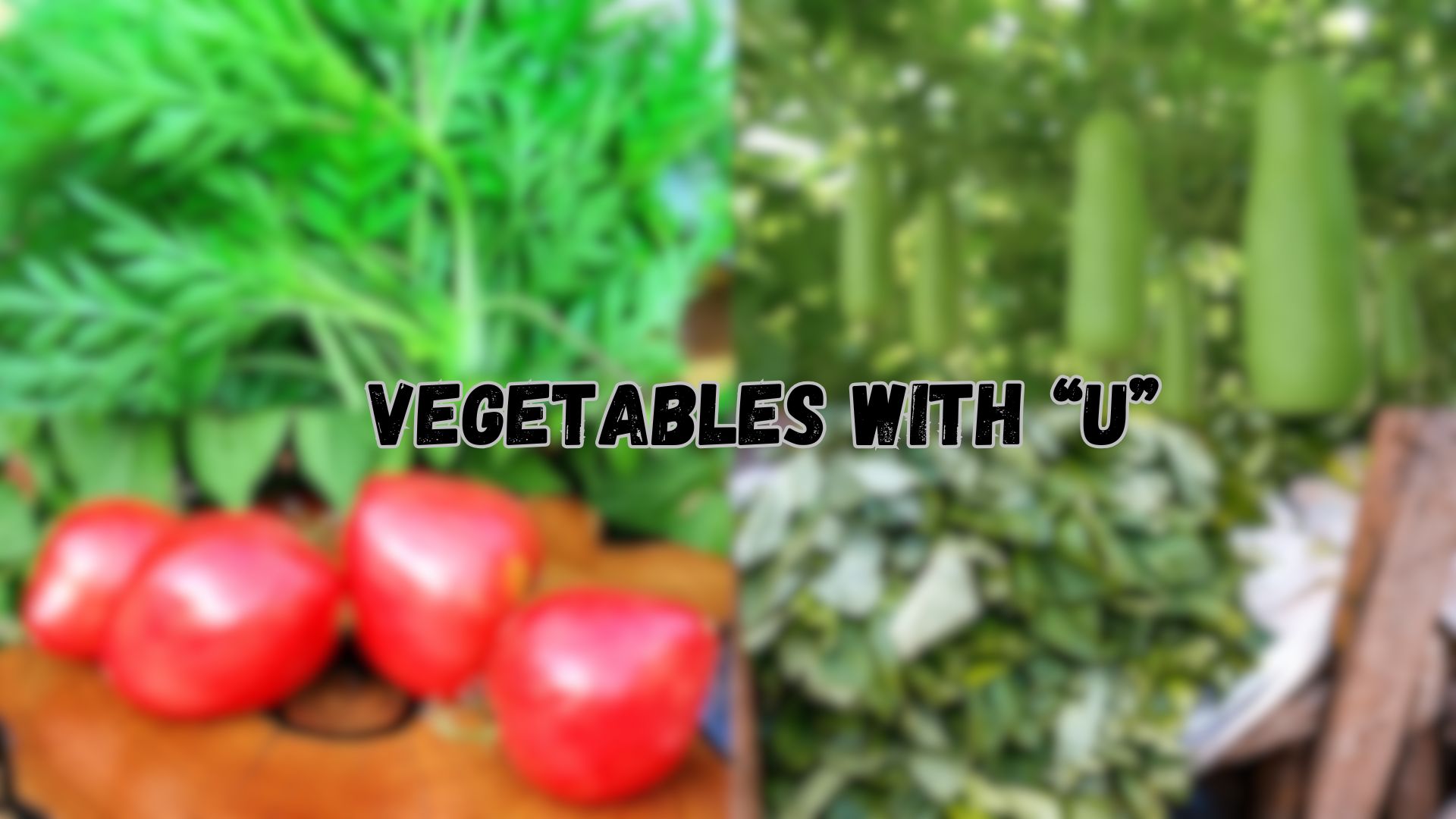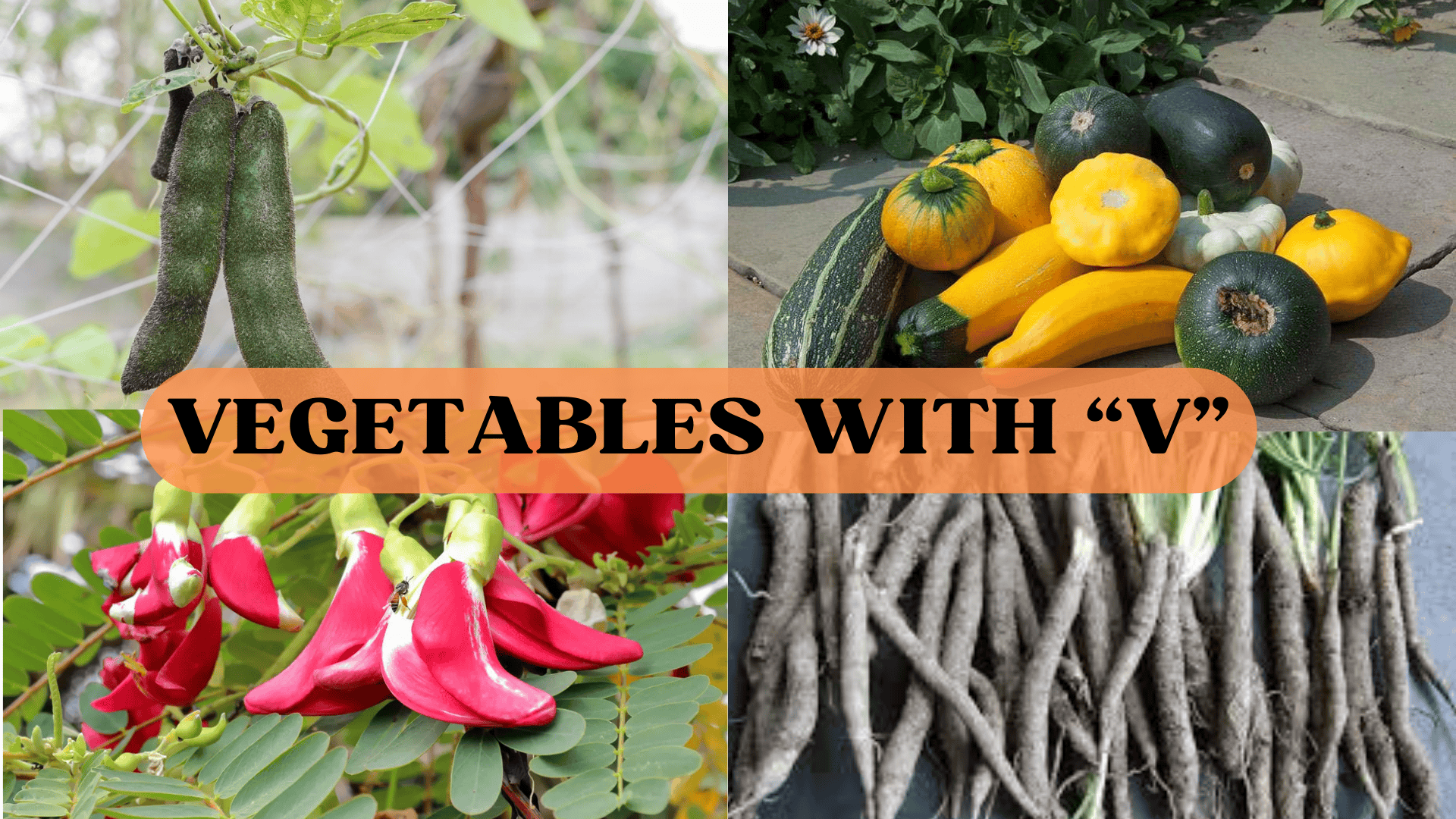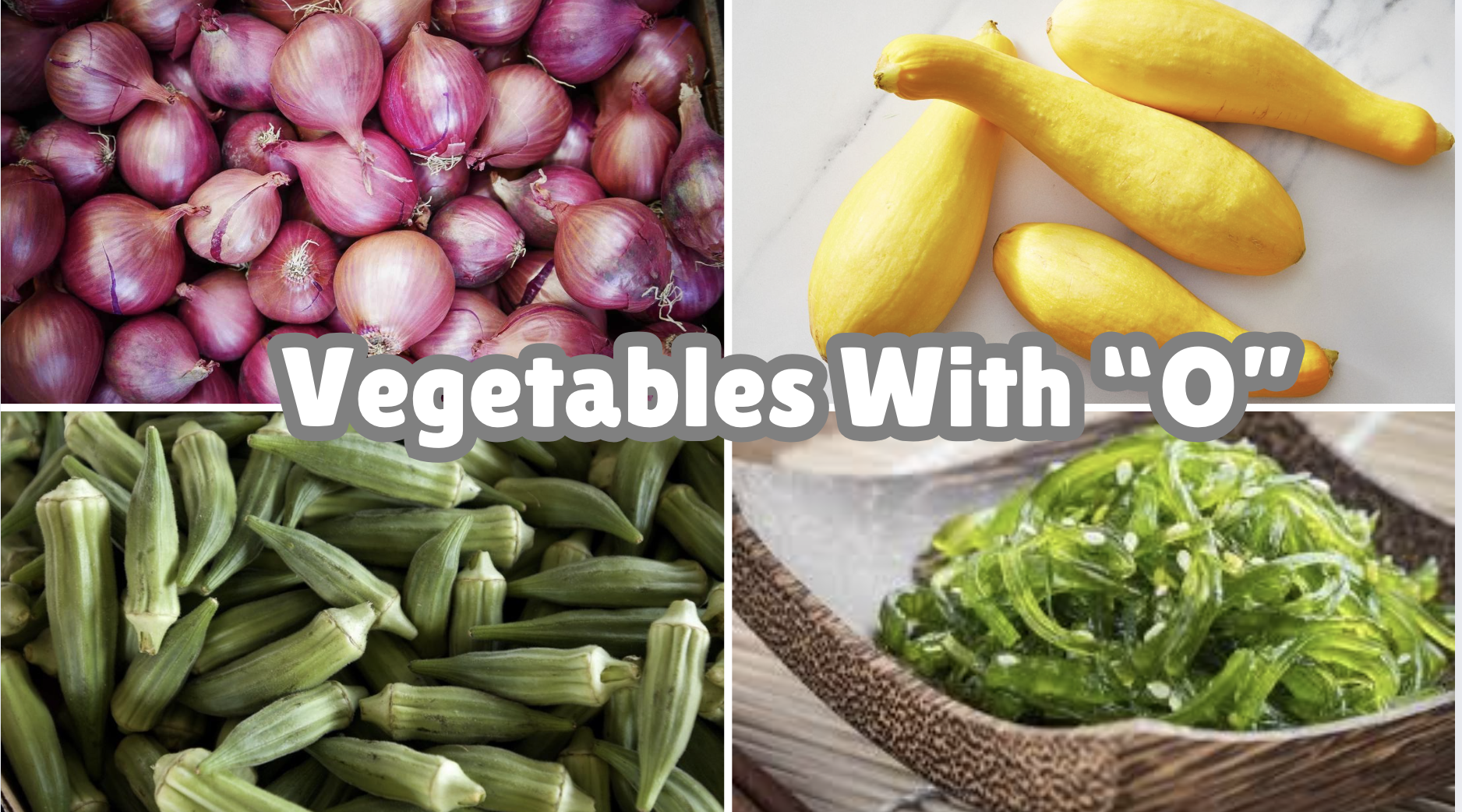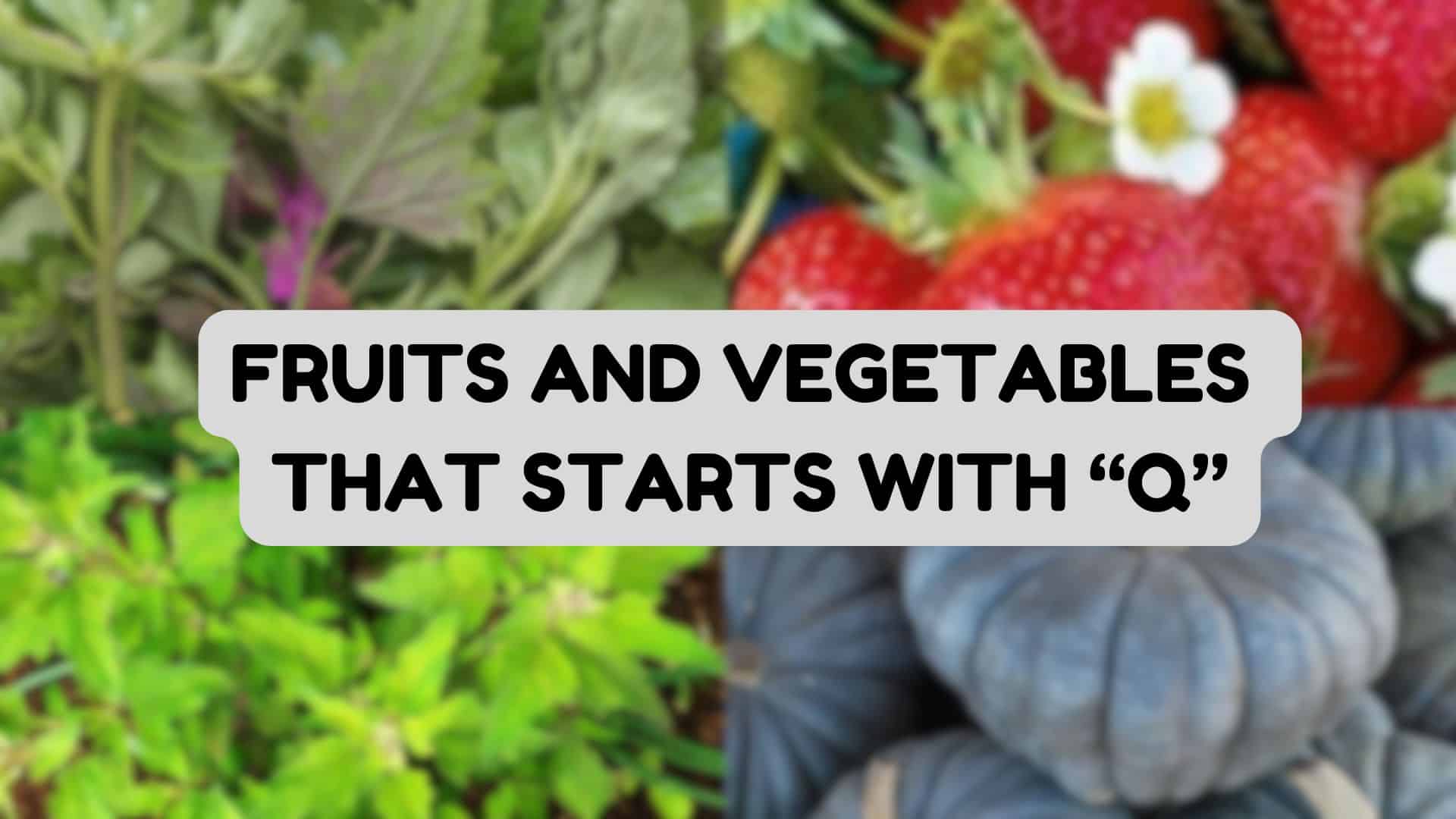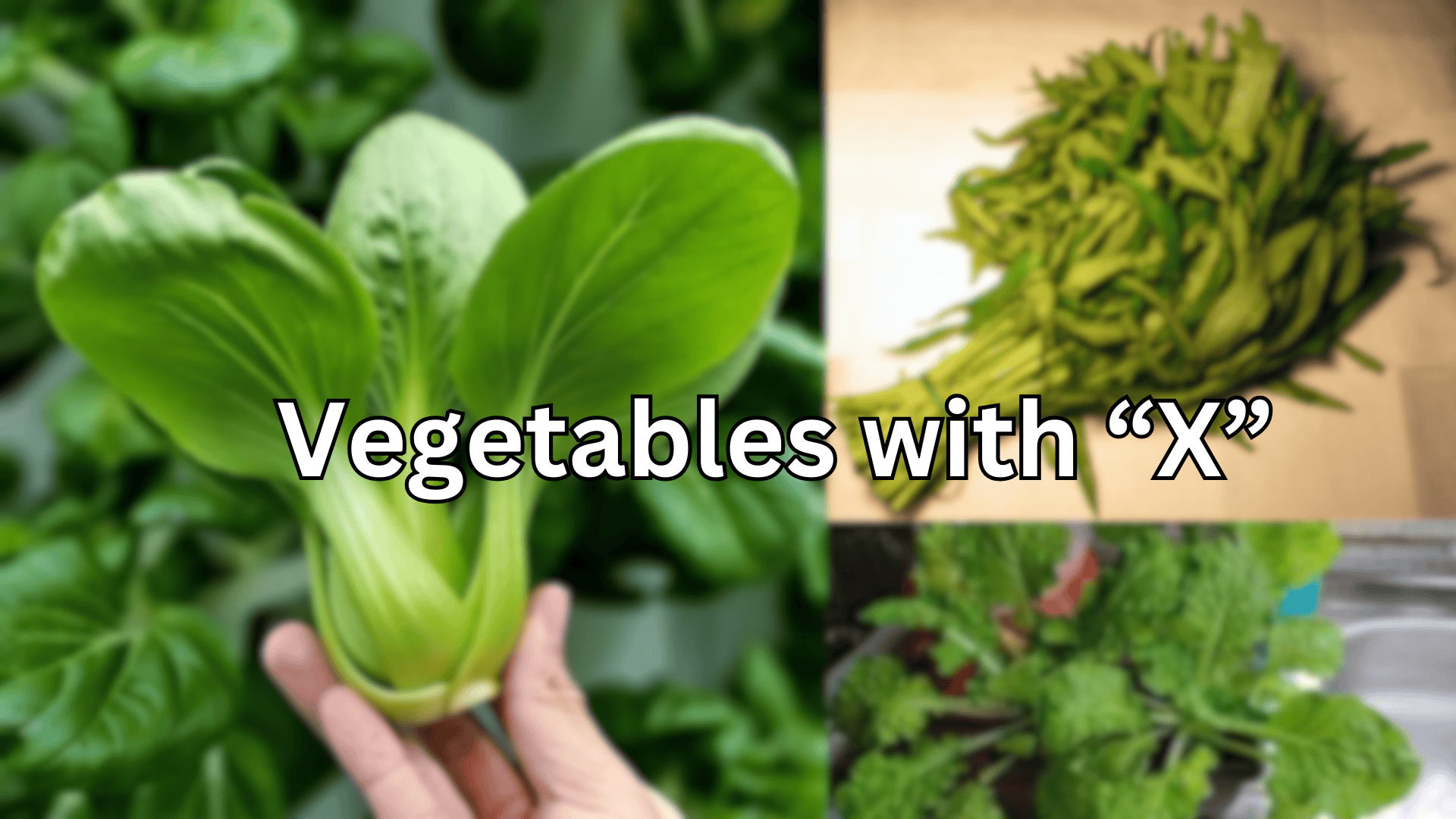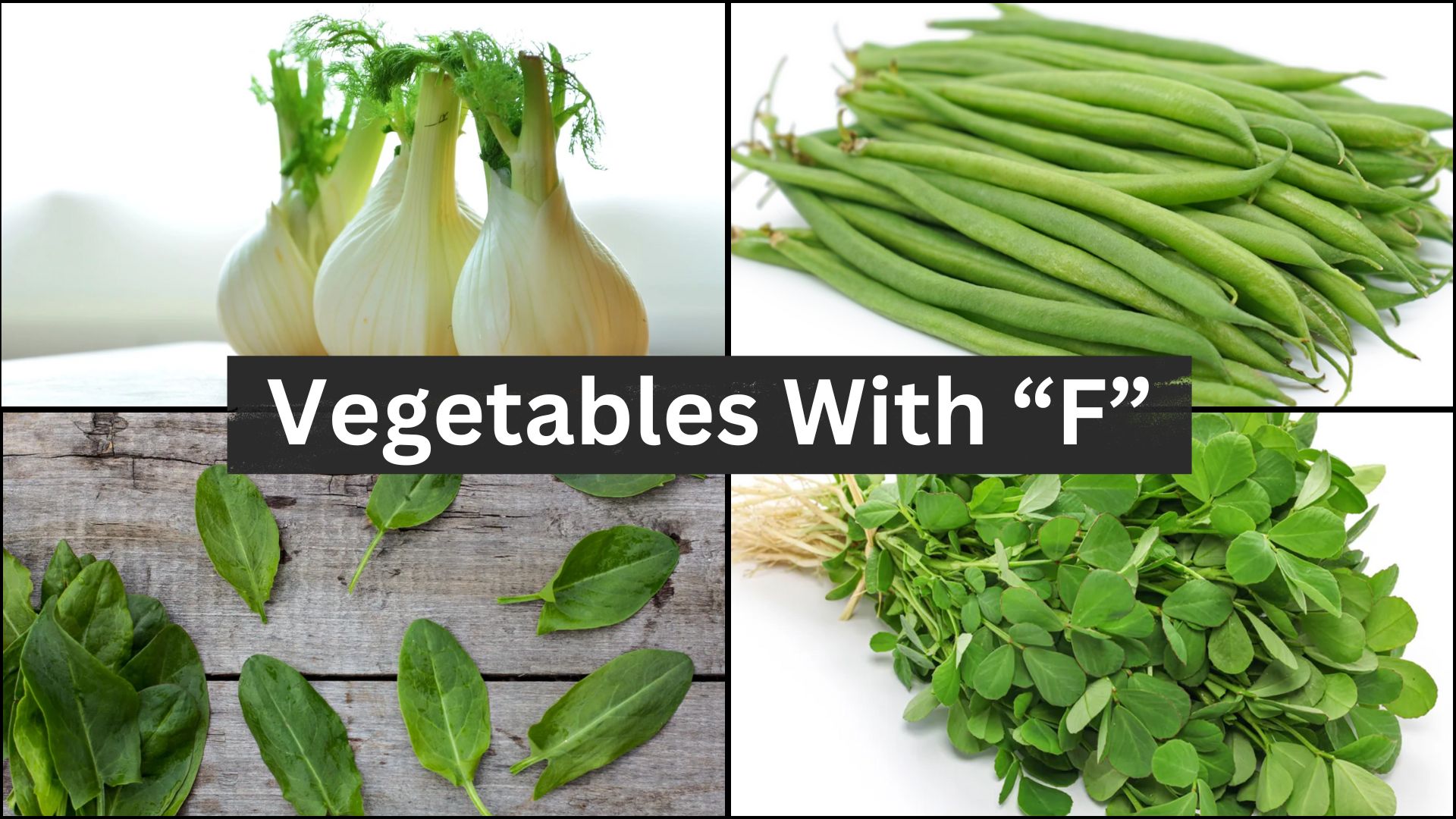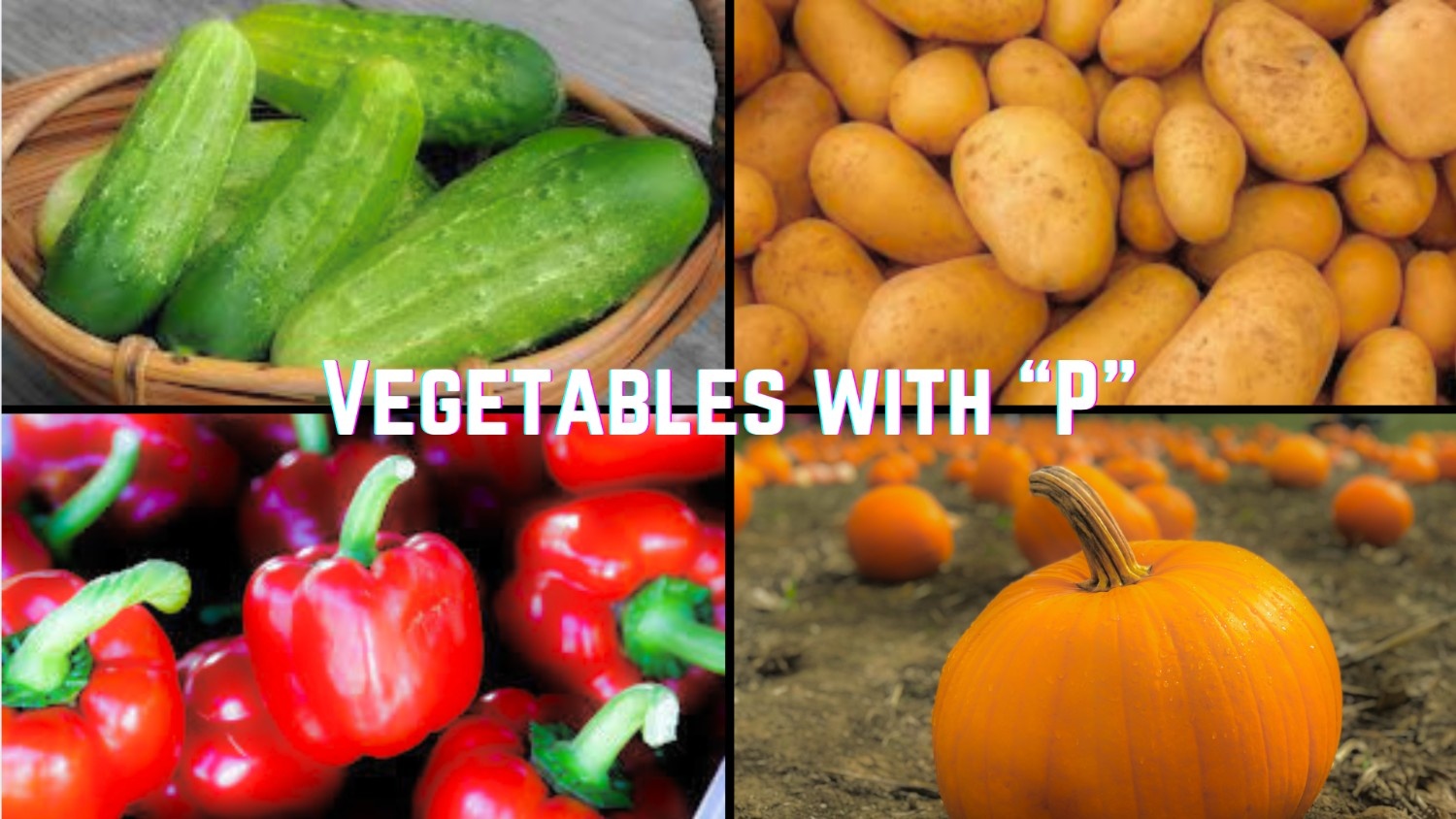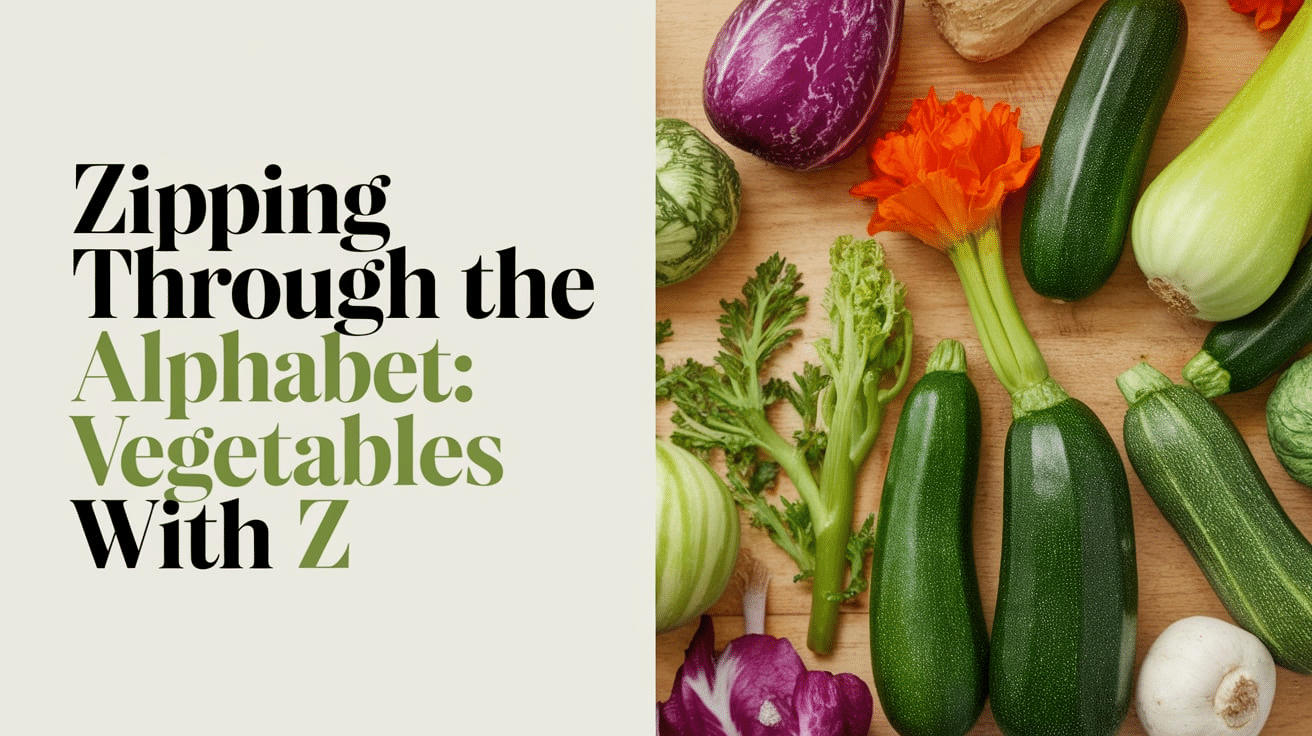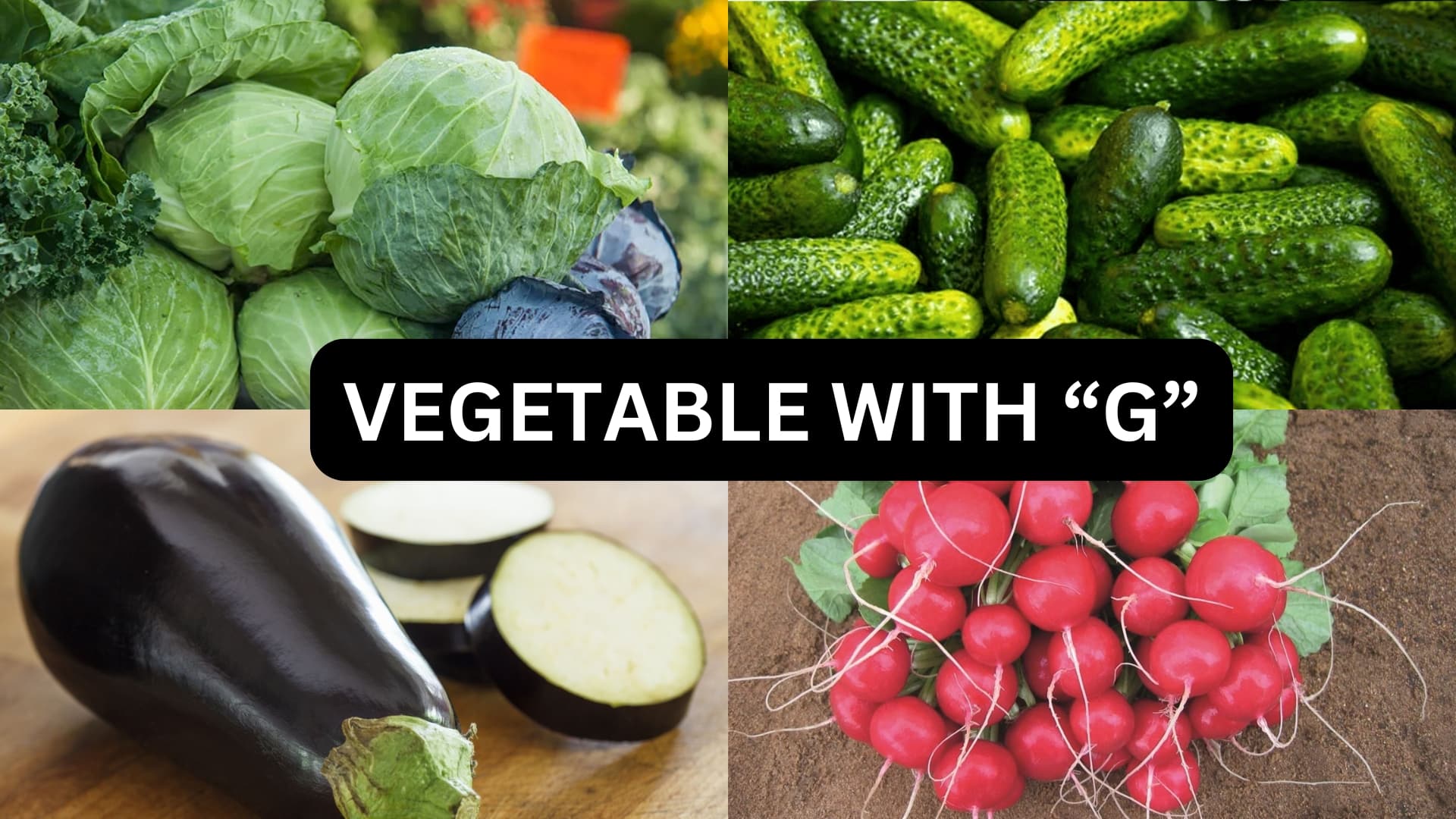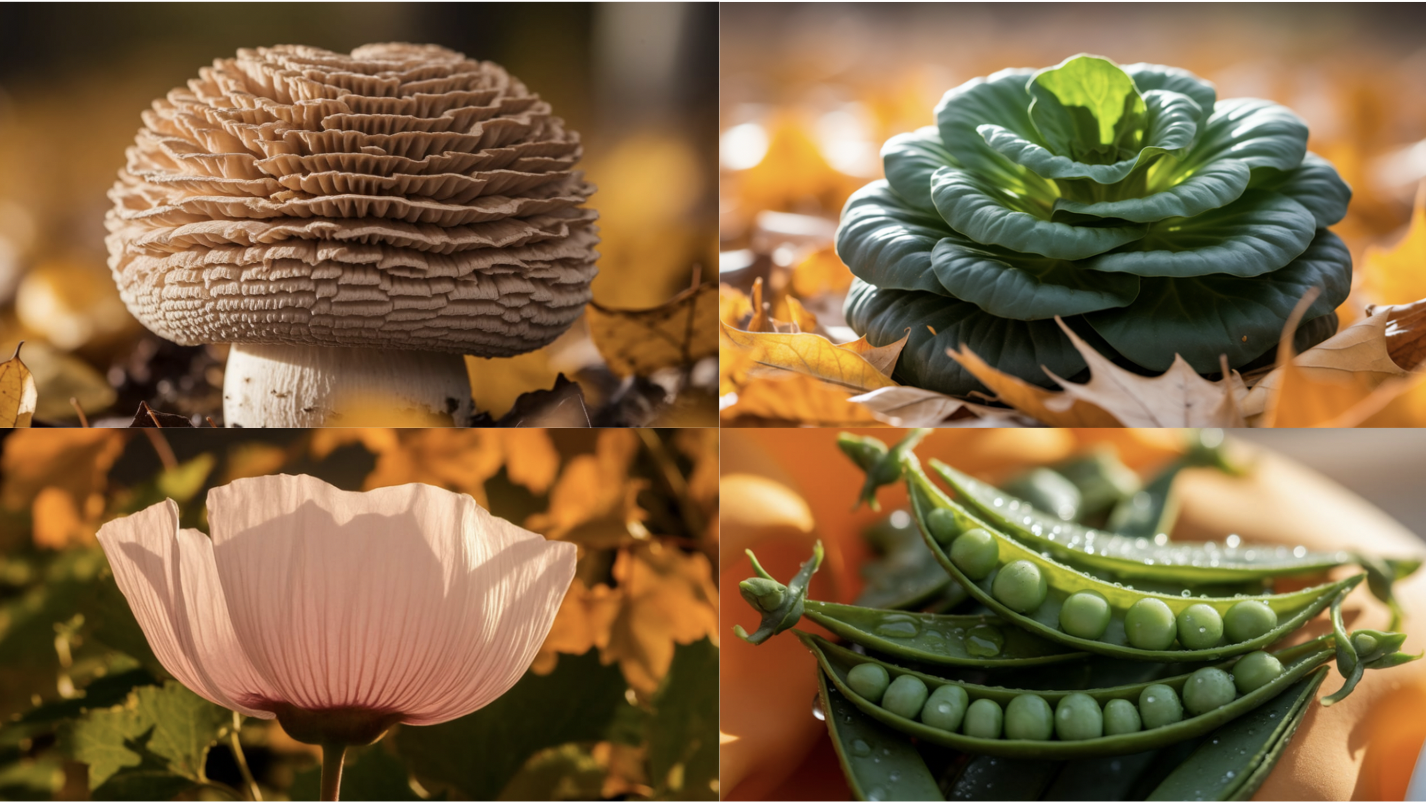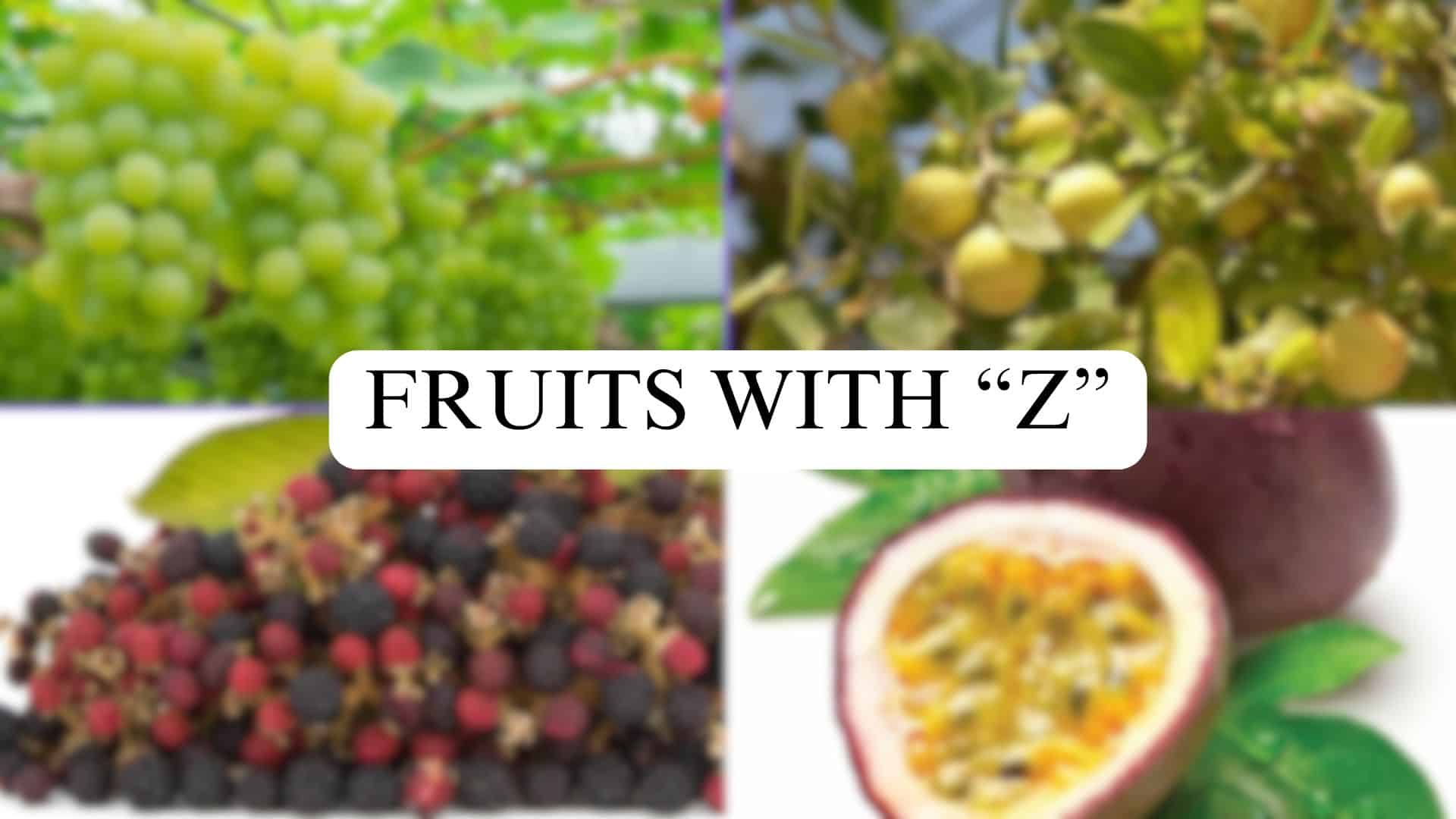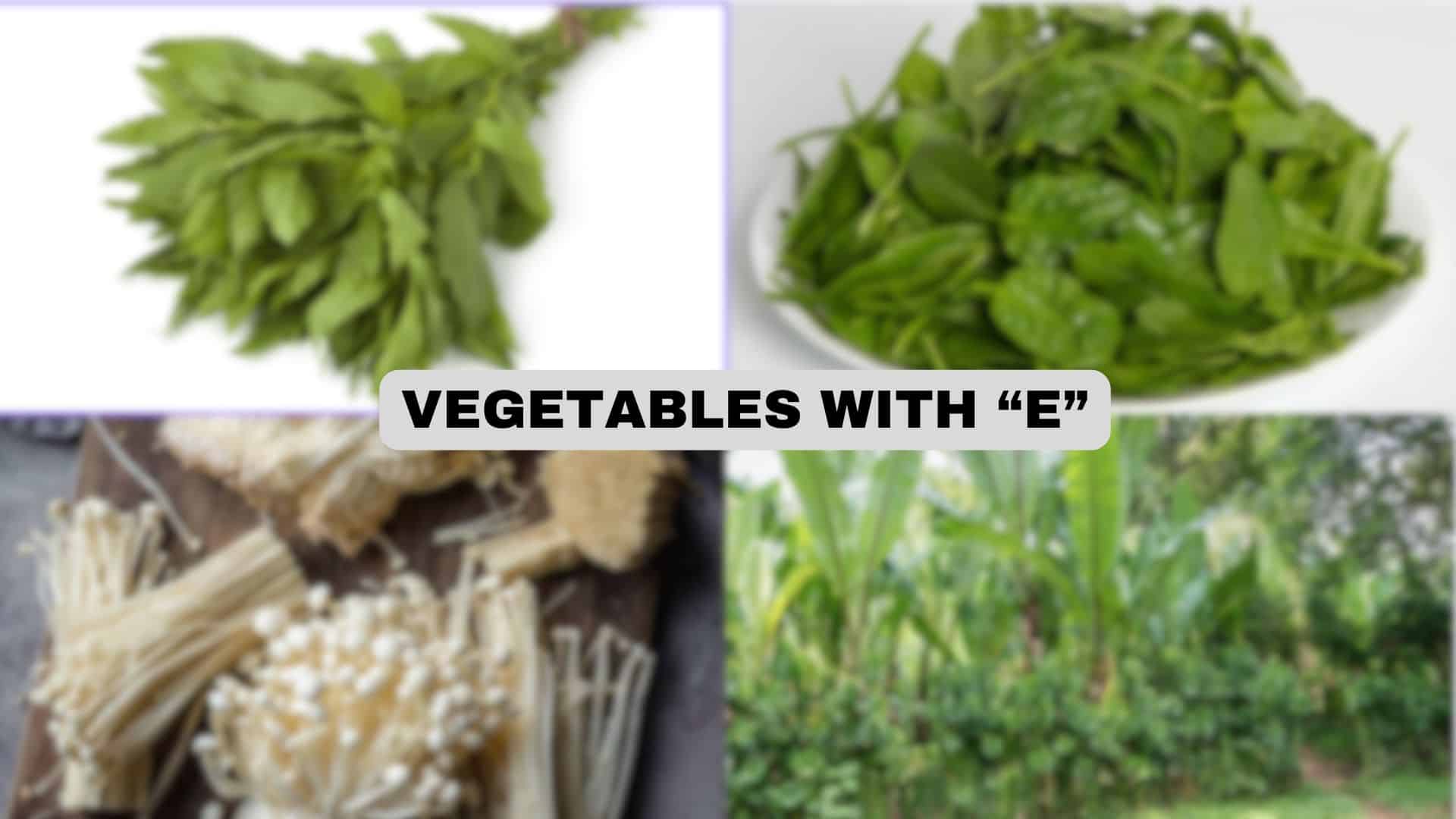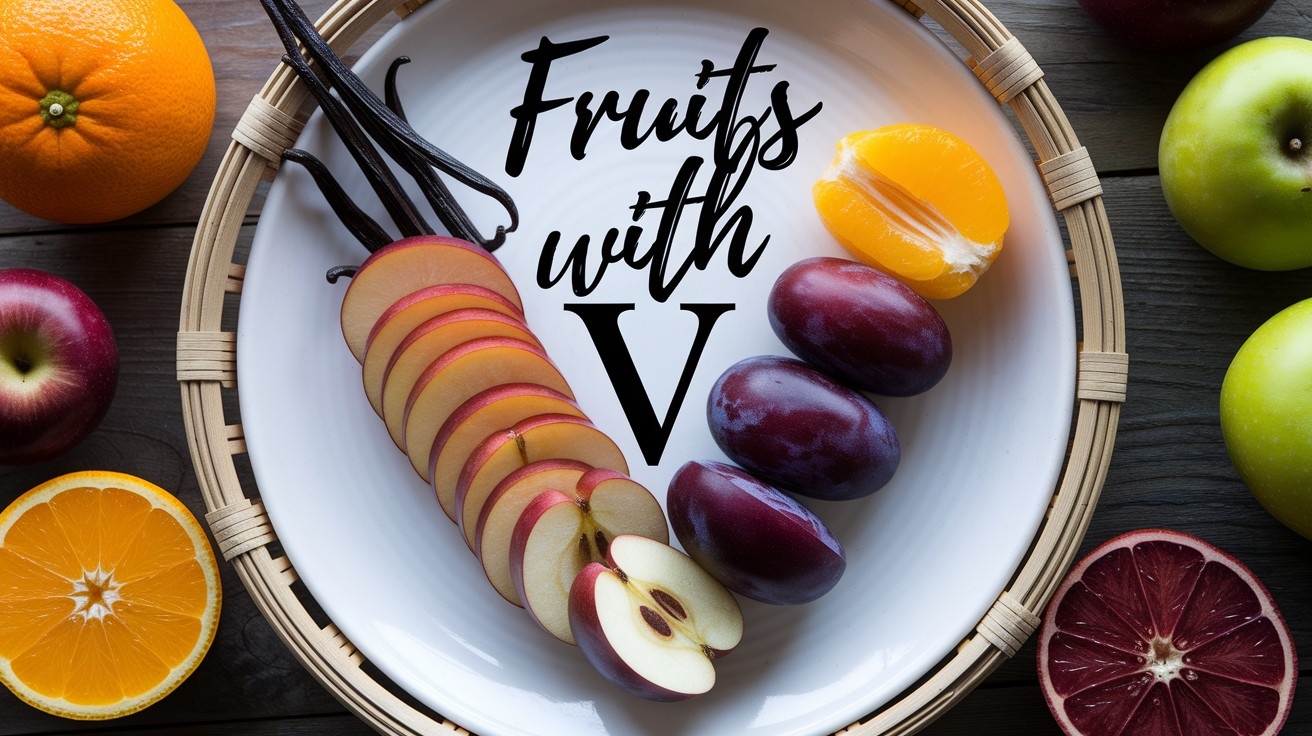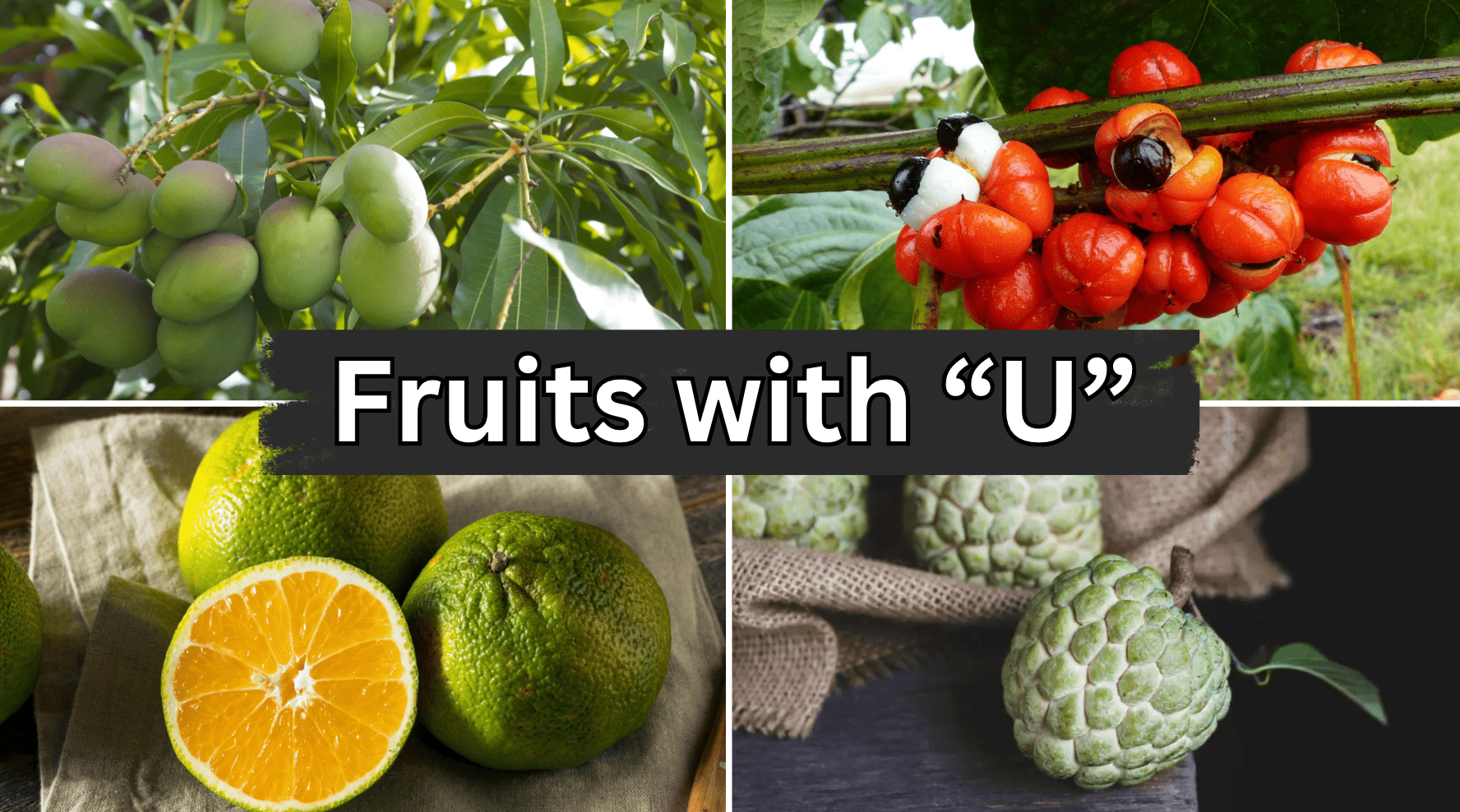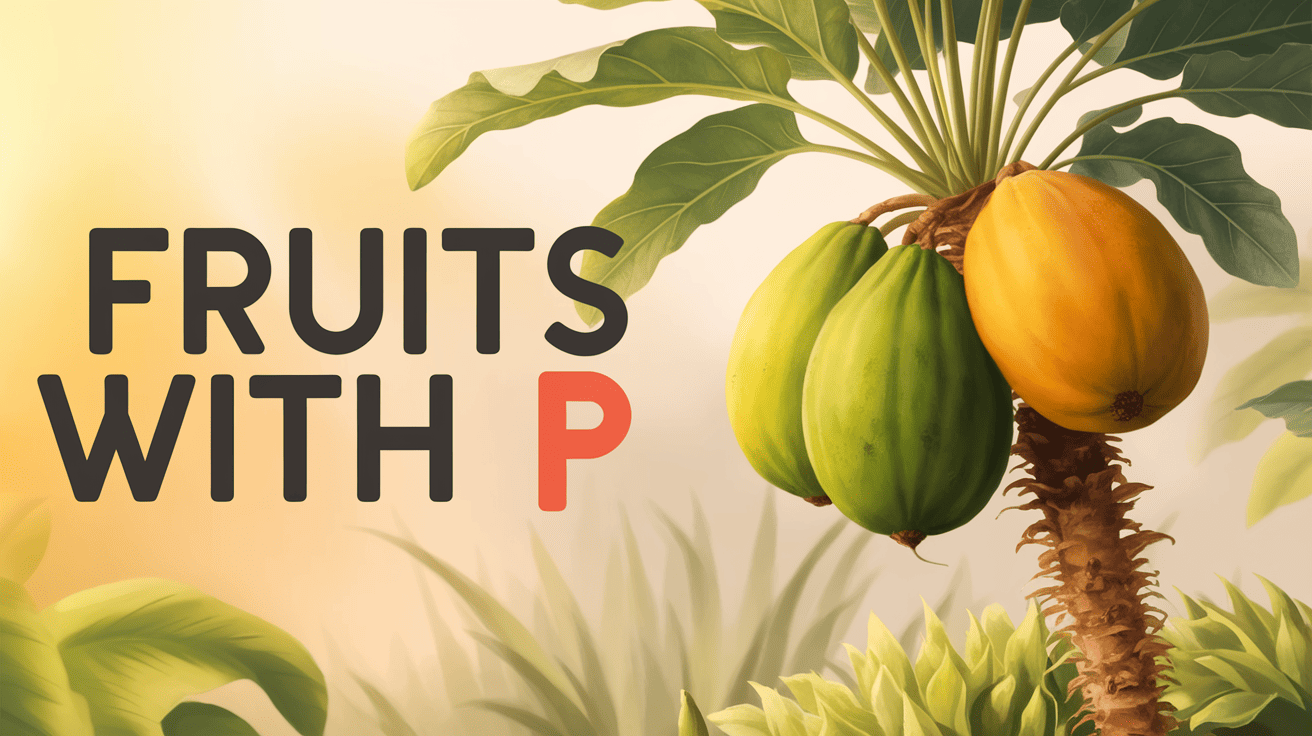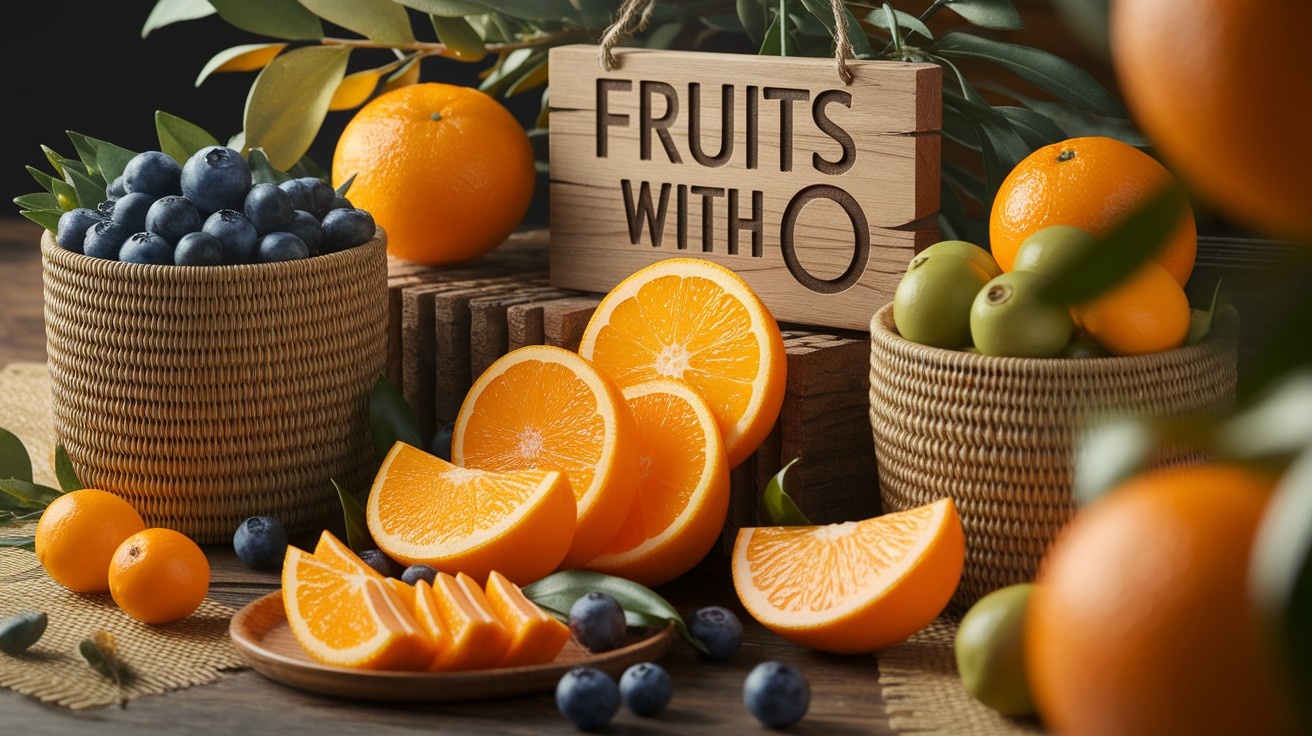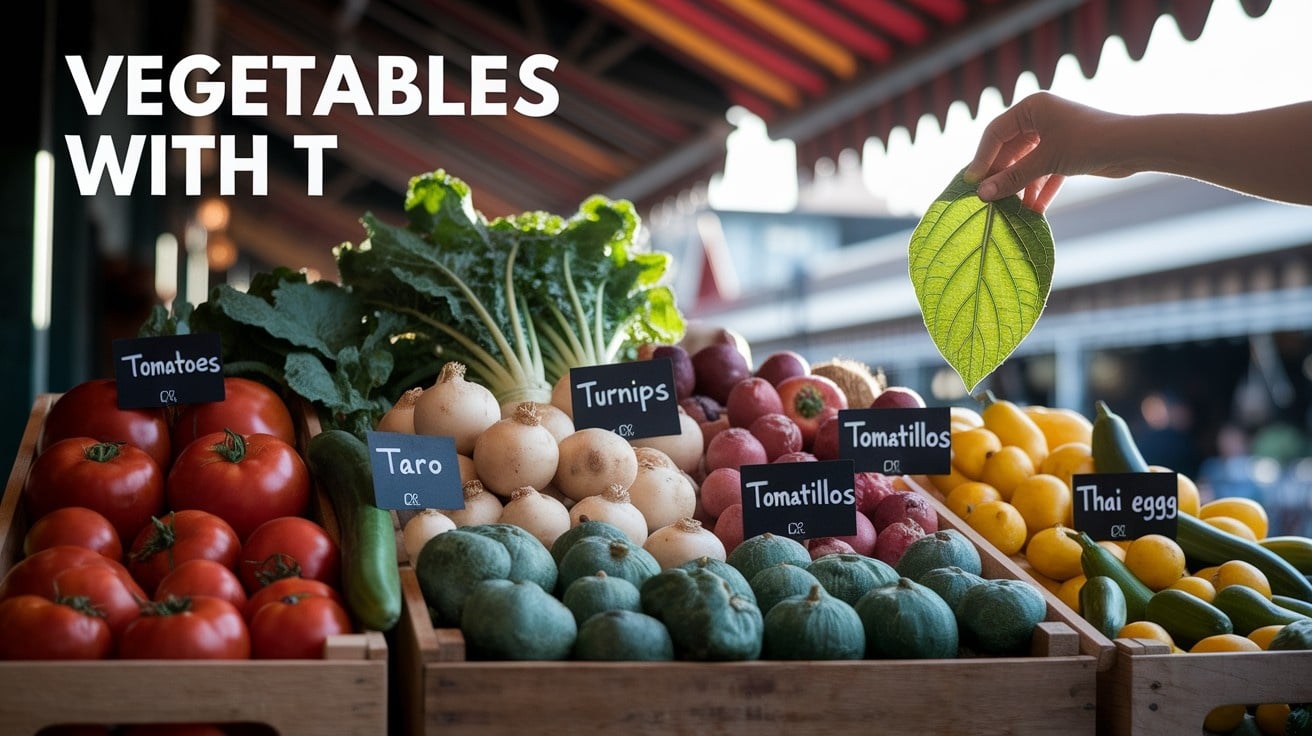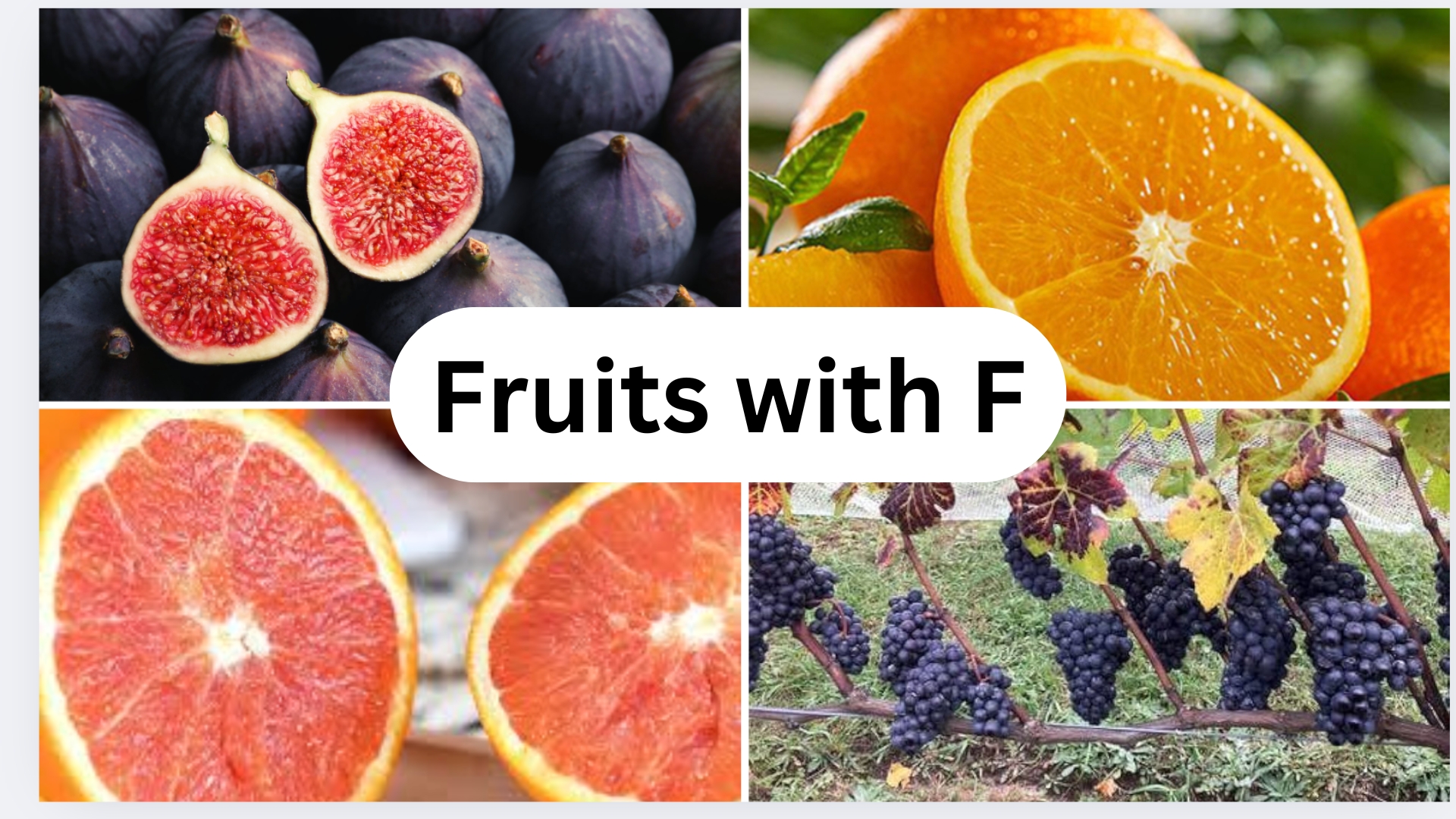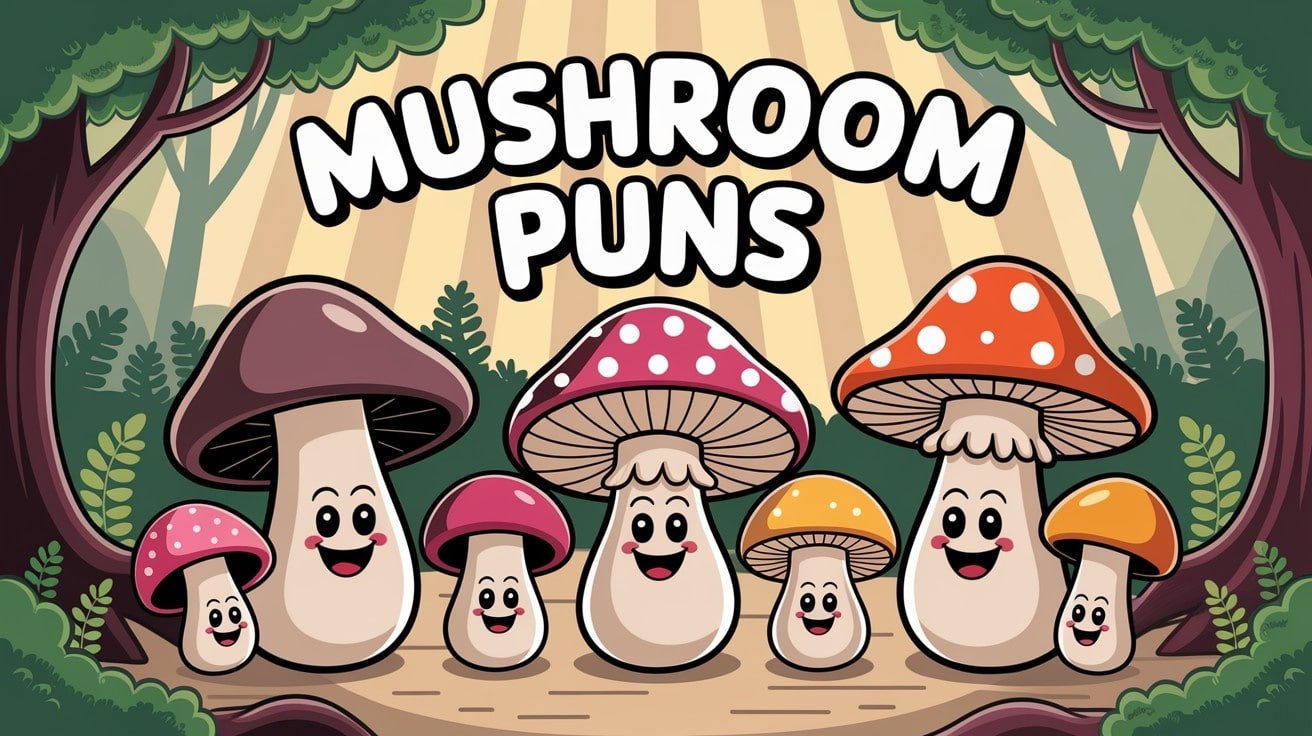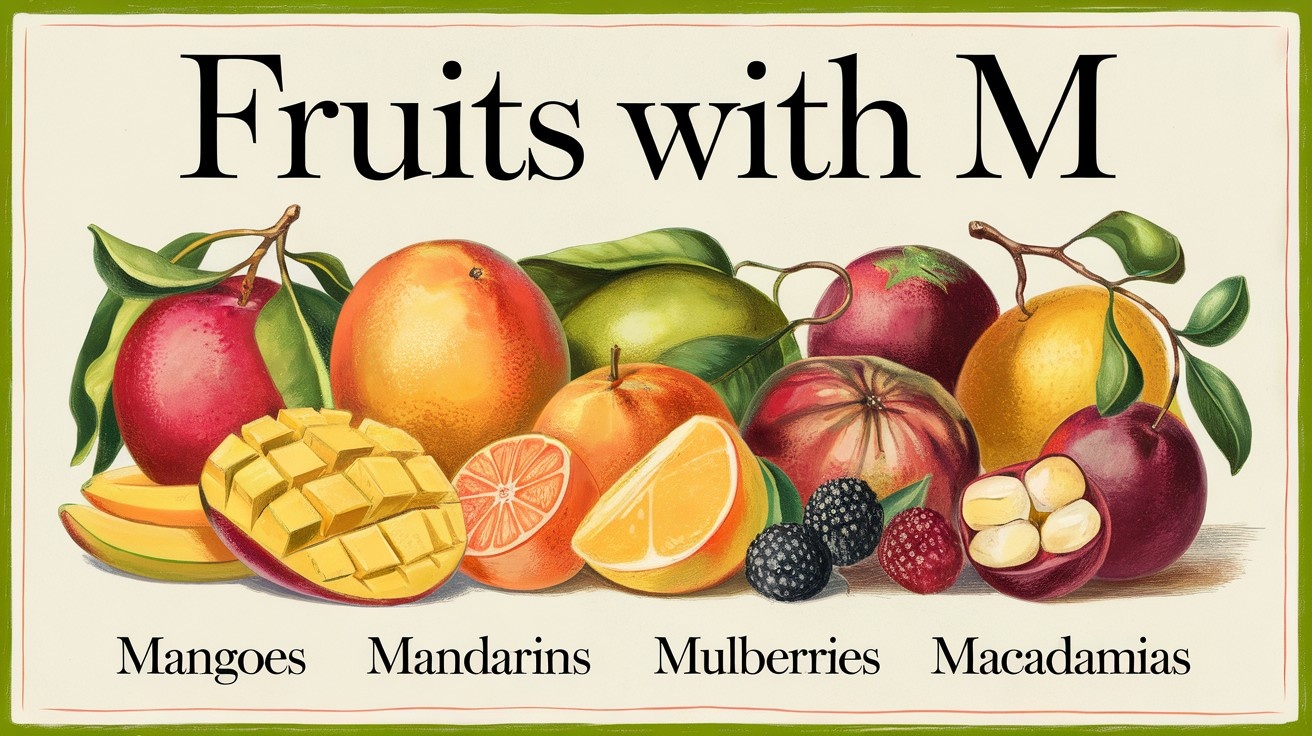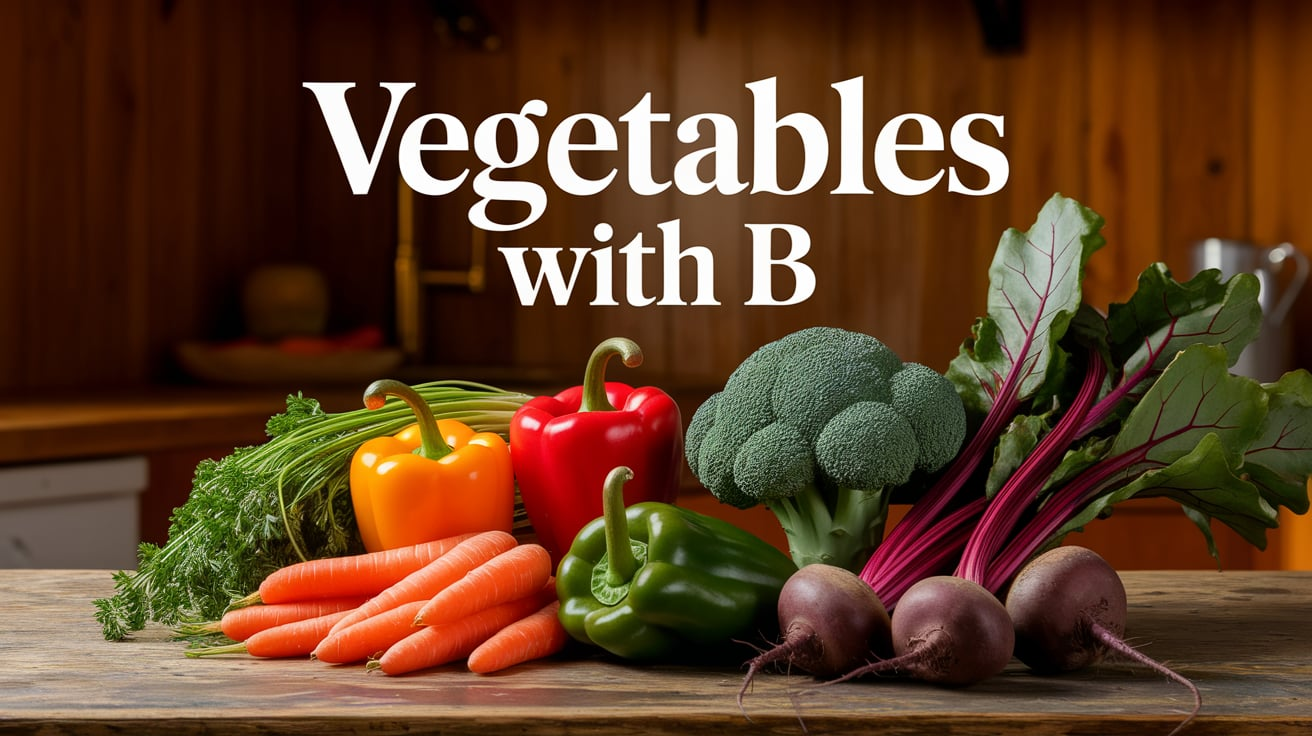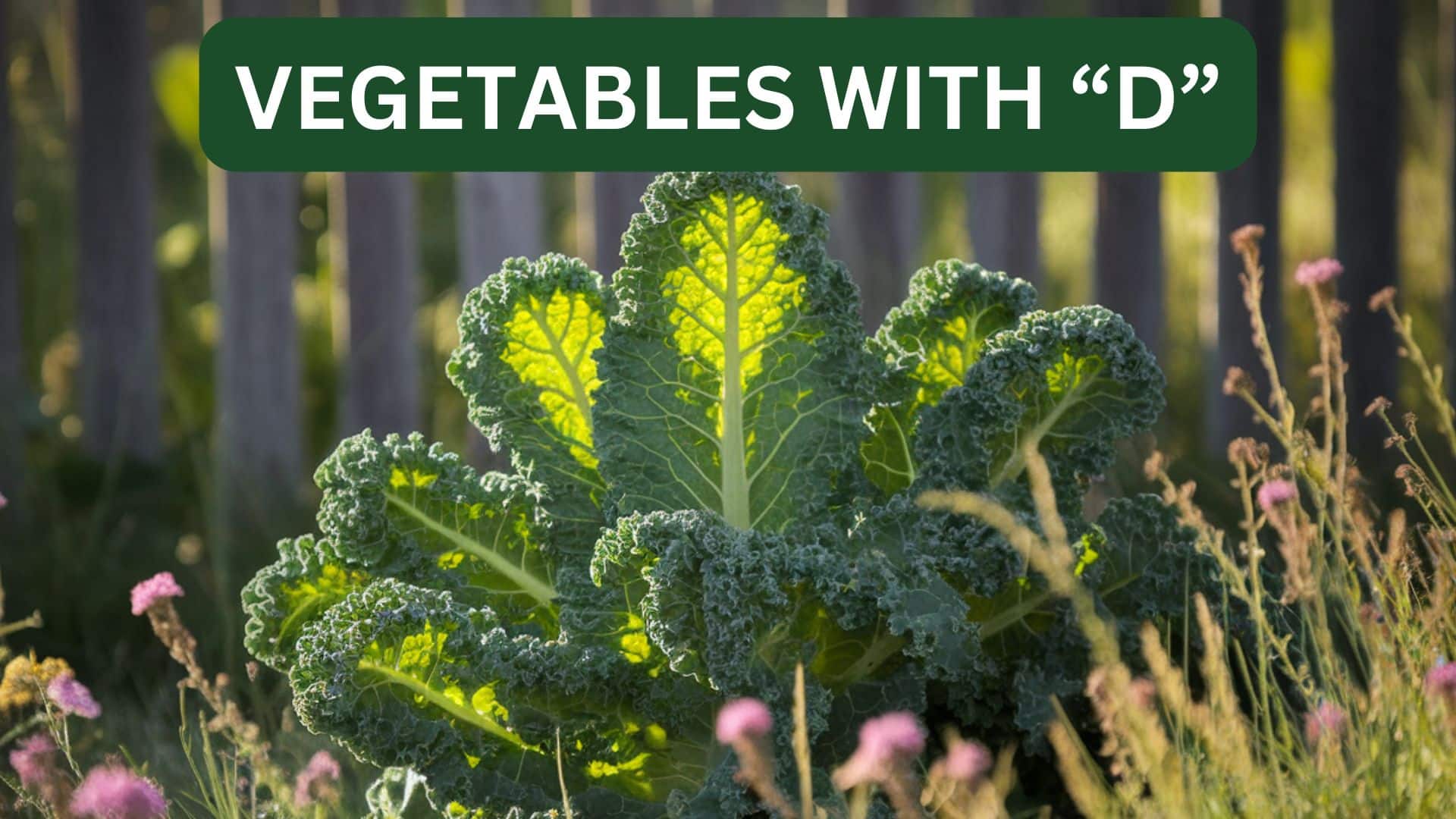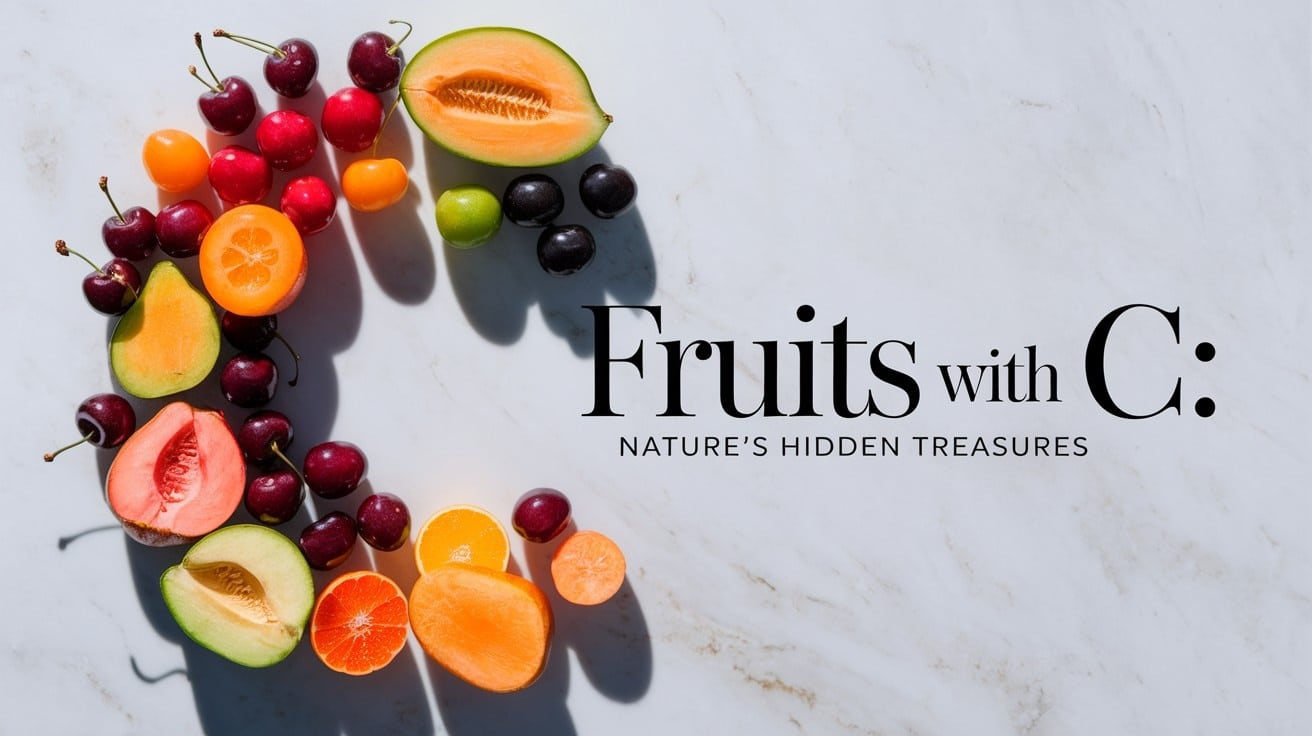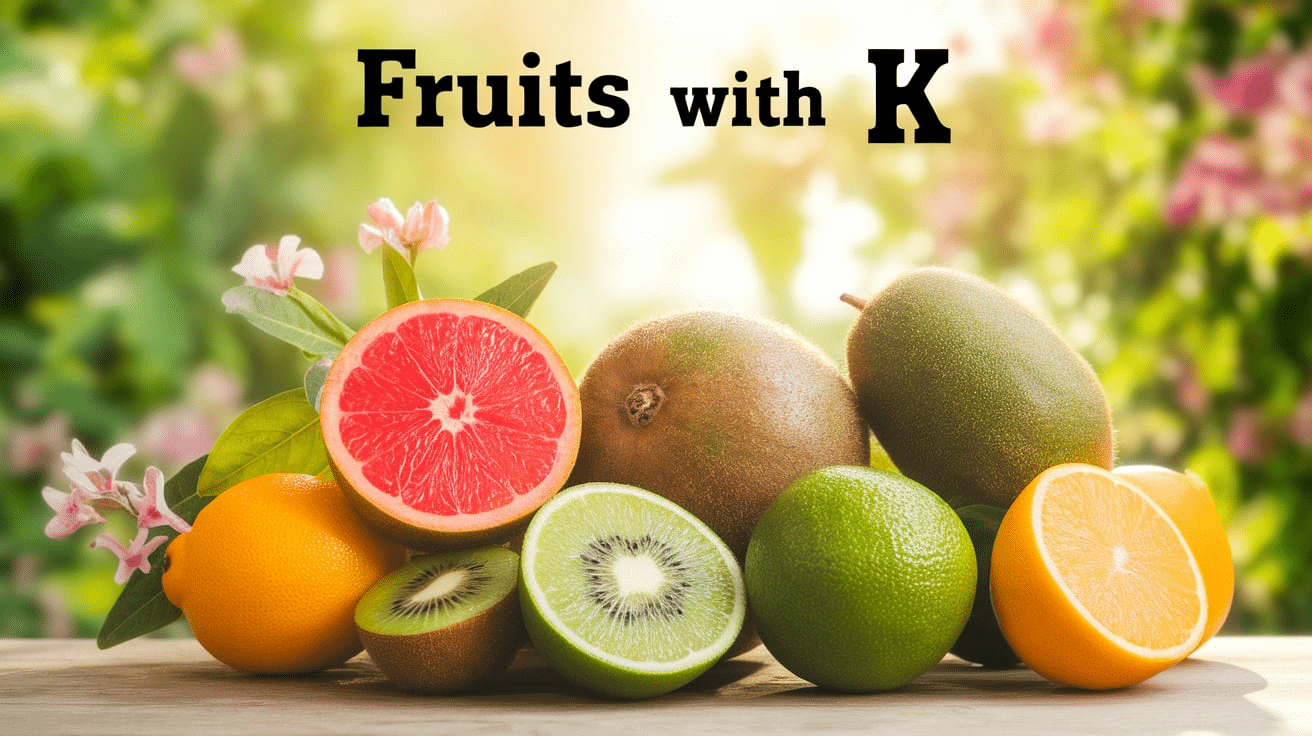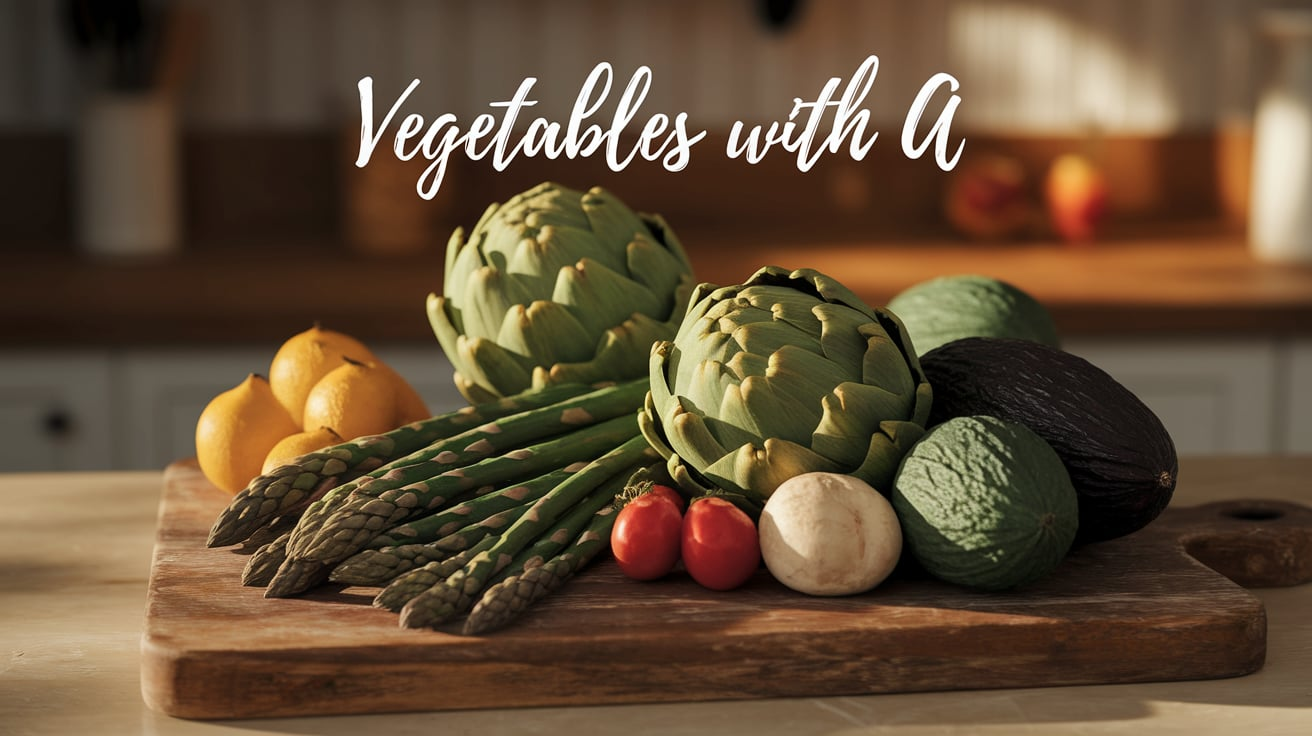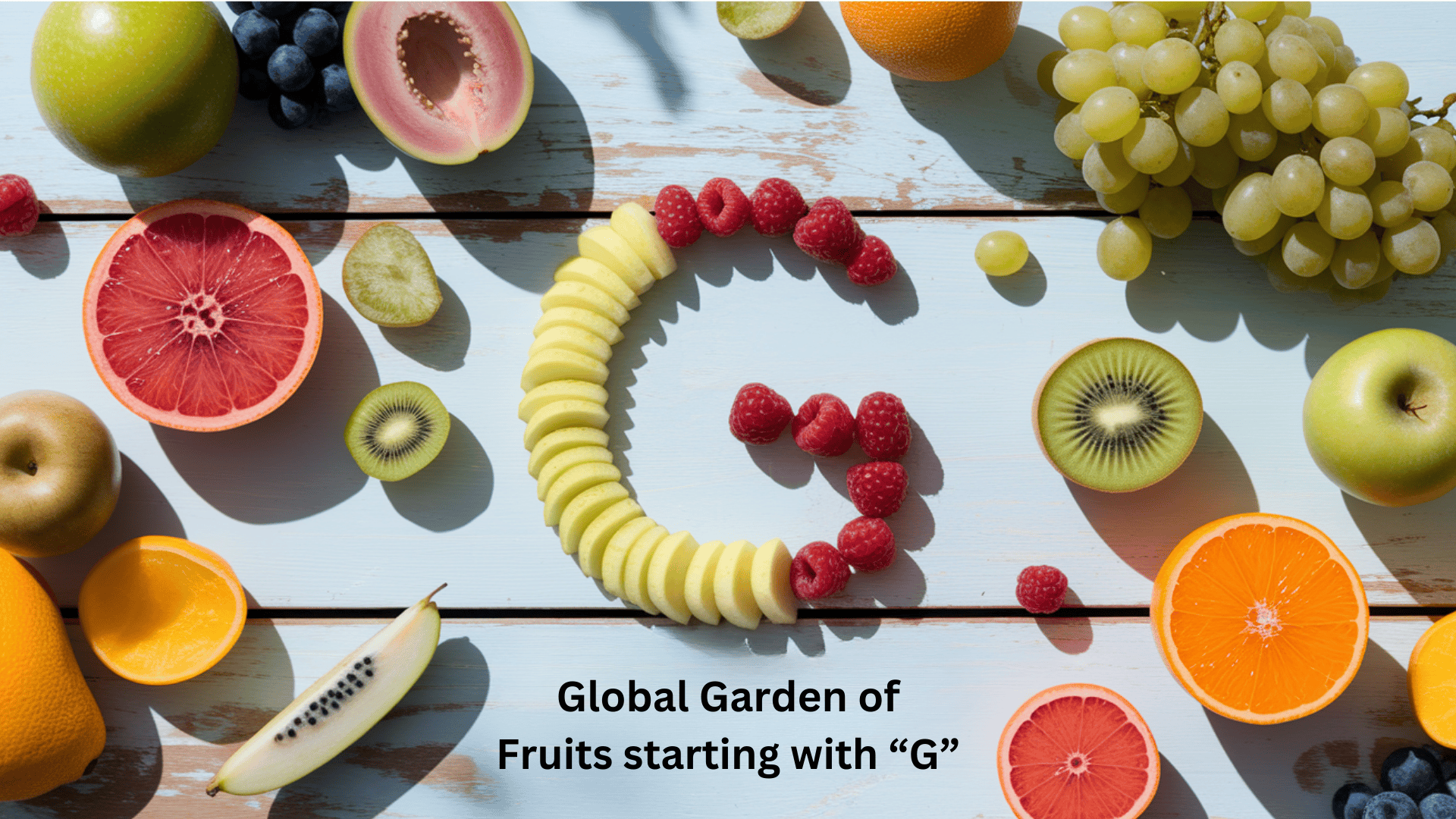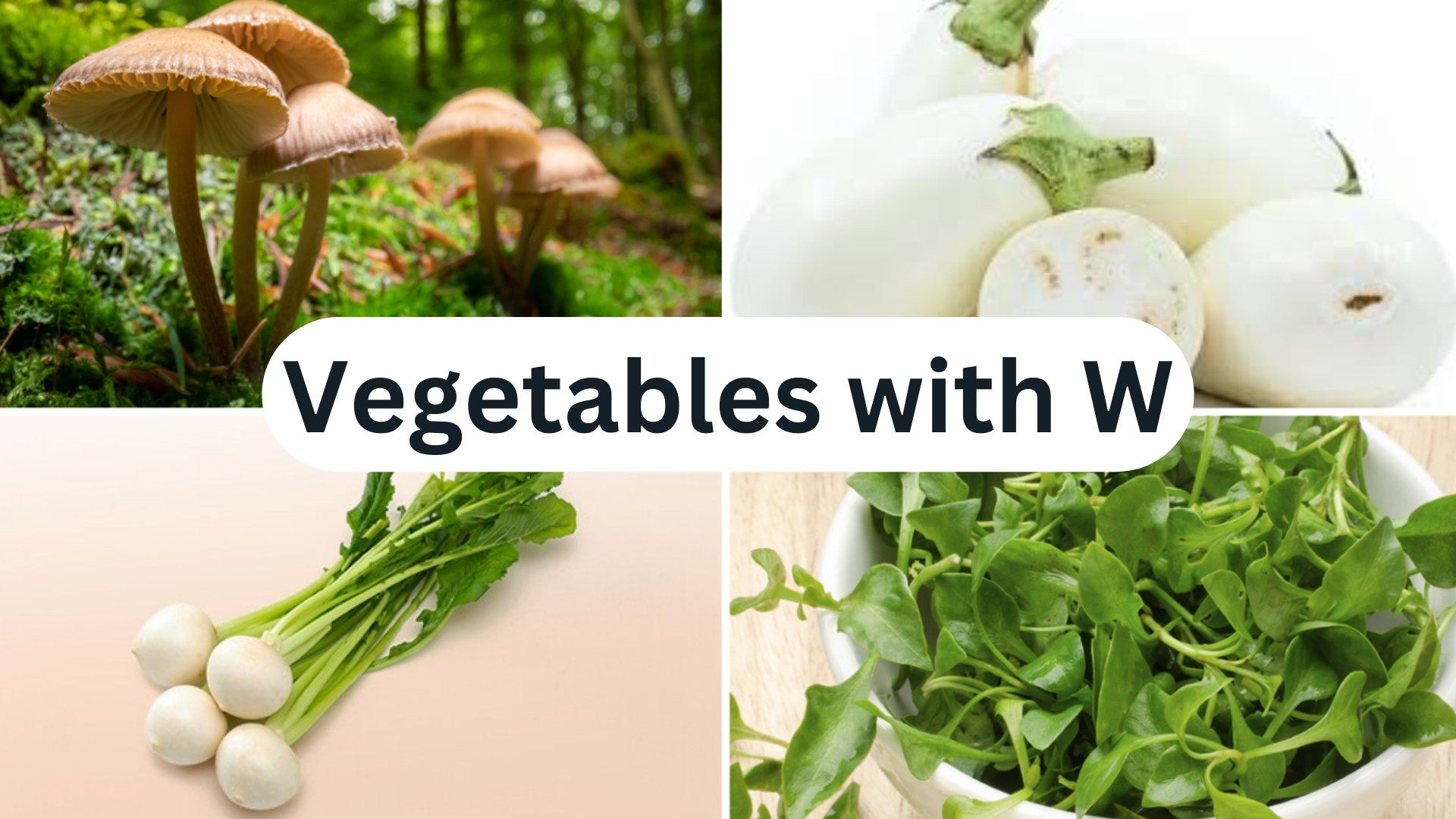
Wacky, wild, and wonderfully healthy – welcome to the world of vegetables that start with W!
Vegetables are nature’s superheroes, packed with vitamins and minerals that help our bodies grow strong. Adding colorful veggies to meals makes plates look pretty and keeps bodies healthy.
The special group of vegetables starting with W might be small, but they pack a big punch when it comes to taste and health benefits.
From the crisp crunch of water chestnuts to the leafy goodness of watercress, these W-winners deserve a spot on every dinner table.
Let’s see some of these wonderful W vegetables that can make healthy eating fun and tasty!
Commonly Known Vegetables Beginning with “W”
1. Watercress
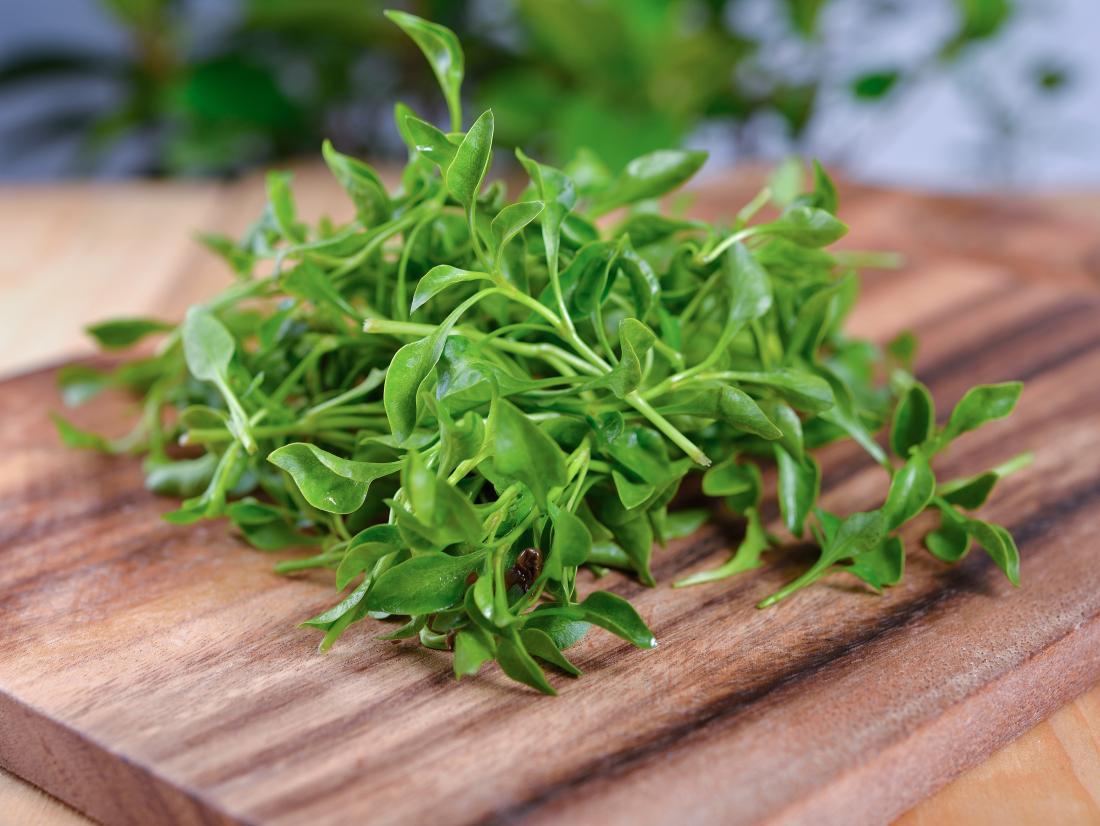
Watercress is a leafy green aquatic plant known for its peppery flavor and dense nutritional value. It’s often added to salads, soups, and sandwiches.
- Season: Spring to Fall
- Origin: Europe, Asia
- Taste: Peppery, tangy
- Health Benefits: High in vitamins A, C, and K; supports immune health and bone strength.
Fun Facts
Watercress was a staple in Roman soldier diets for strength. It’s one of the oldest known leaf vegetables consumed by humans.
2. White Onion
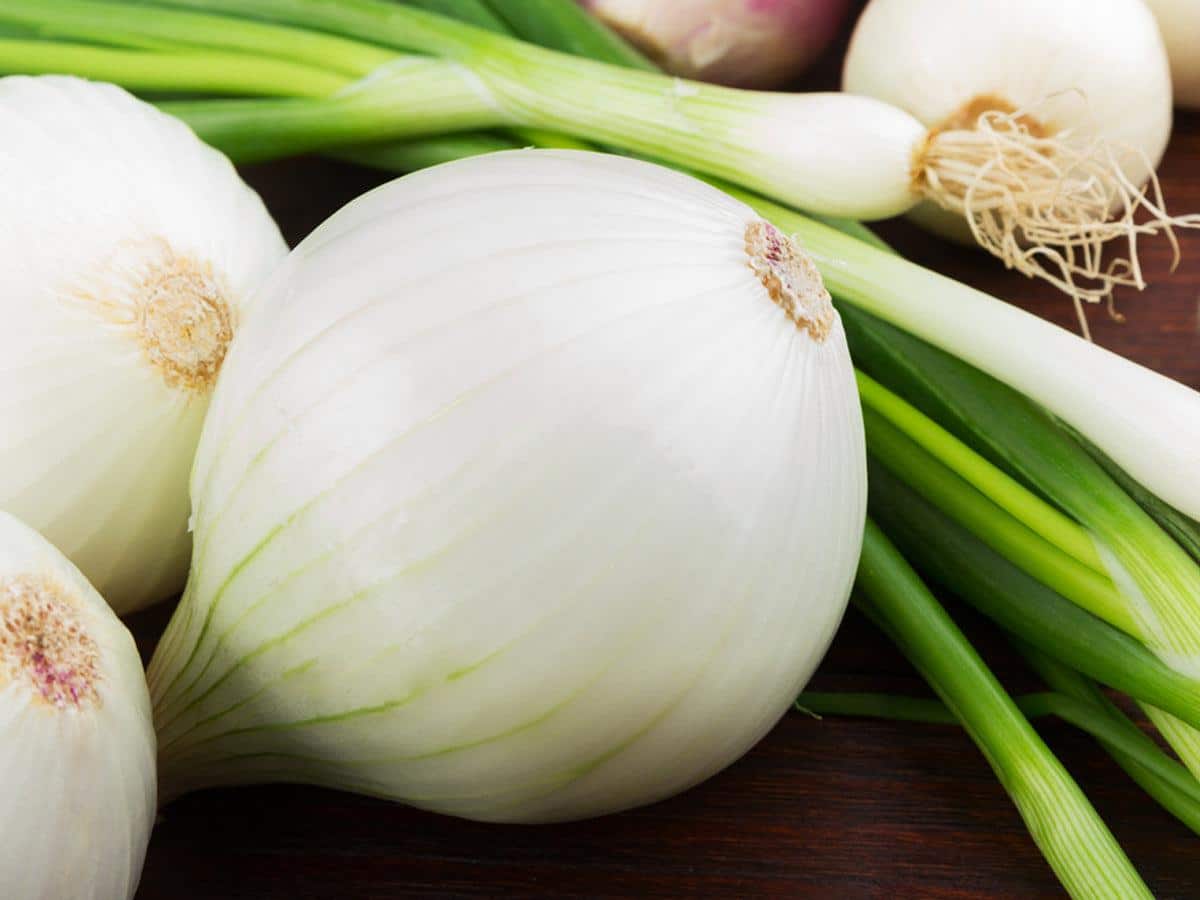
White onions are a versatile cooking staple. Their strong, pungent flavor mellows when cooked, making them ideal for everything from salsas to stir-fries.
- Season: Summer
- Origin: Central Asia
- Taste: Sharp, pungent
- Health Benefits: Rich in antioxidants; supports heart health and contains anti-inflammatory properties.
Fun Facts
White onions have higher sugar content than yellow onions. Ancient Egyptians worshipped onions, believing their circular layers symbolized eternity.
3. White Potato
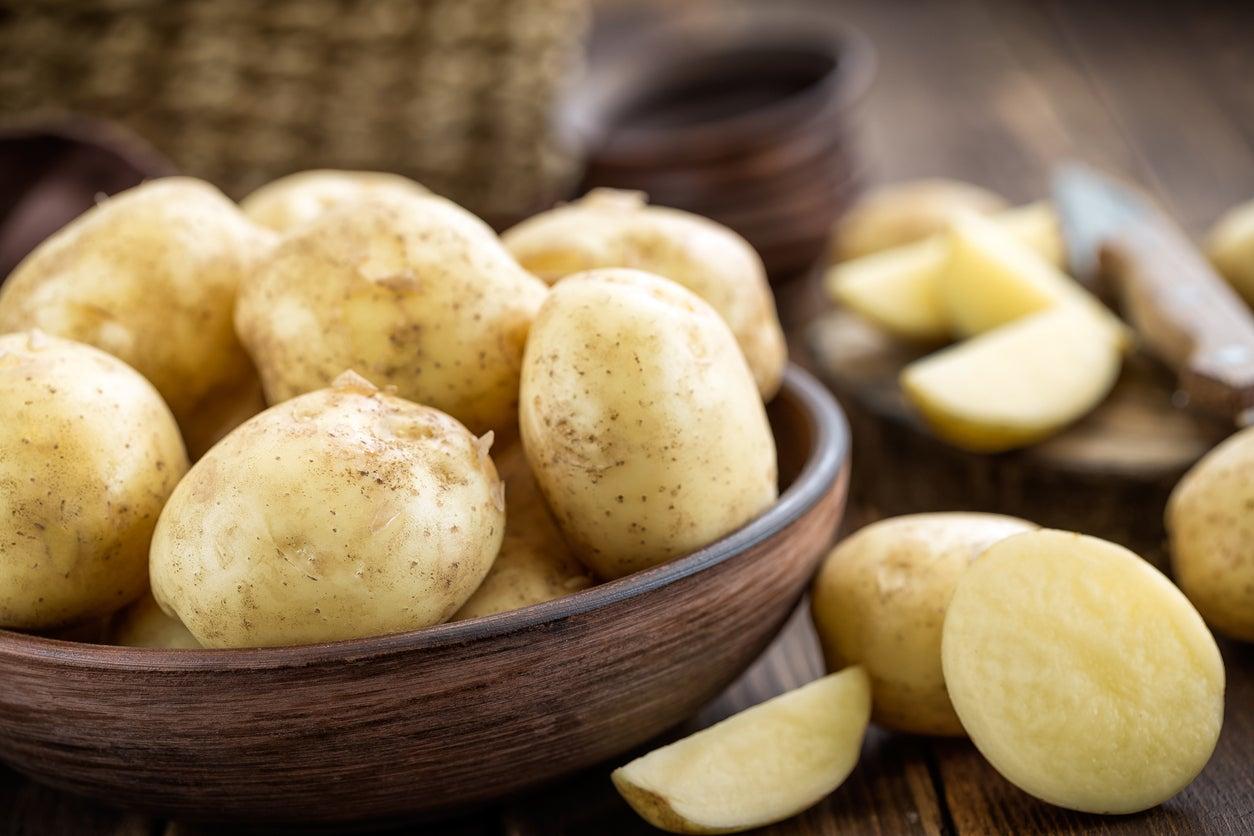
White potatoes are starchy root vegetables widely used in global cuisines. They’re great for mashing, baking, and frying.
- Season: Late Summer to Fall
- Origin: South America
- Taste: Mild, starchy
- Health Benefits: Provides potassium, vitamin C, and fiber; good for energy and digestion.
Fun Facts
There are over 4,000 potato varieties worldwide. The first vegetable grown in space by NASA was the potato itself.
4. Wasabi
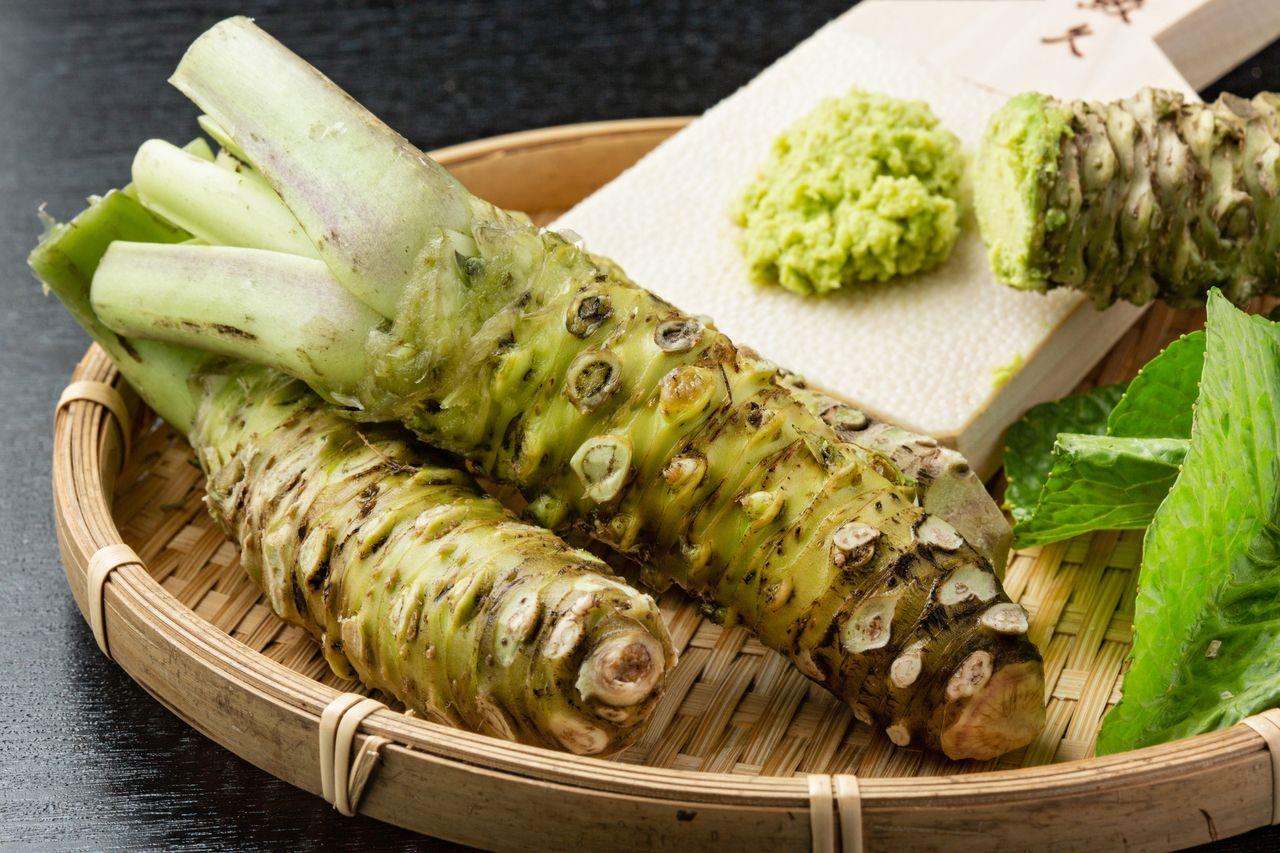
Wasabi is a pungent green paste made from the root of the wasabi plant, often used as a spicy condiment with sushi.
- Season: Spring
- Origin: Japan
- Taste: Sharp, spicy
- Health Benefits: Contains antioxidants and has antibacterial properties; may support sinus and digestive health.
Fun Facts
Real wasabi is extremely rare and expensive; most wasabi served is actually horseradish. It loses its heat within 15 minutes of grating.
5. White Mushroom
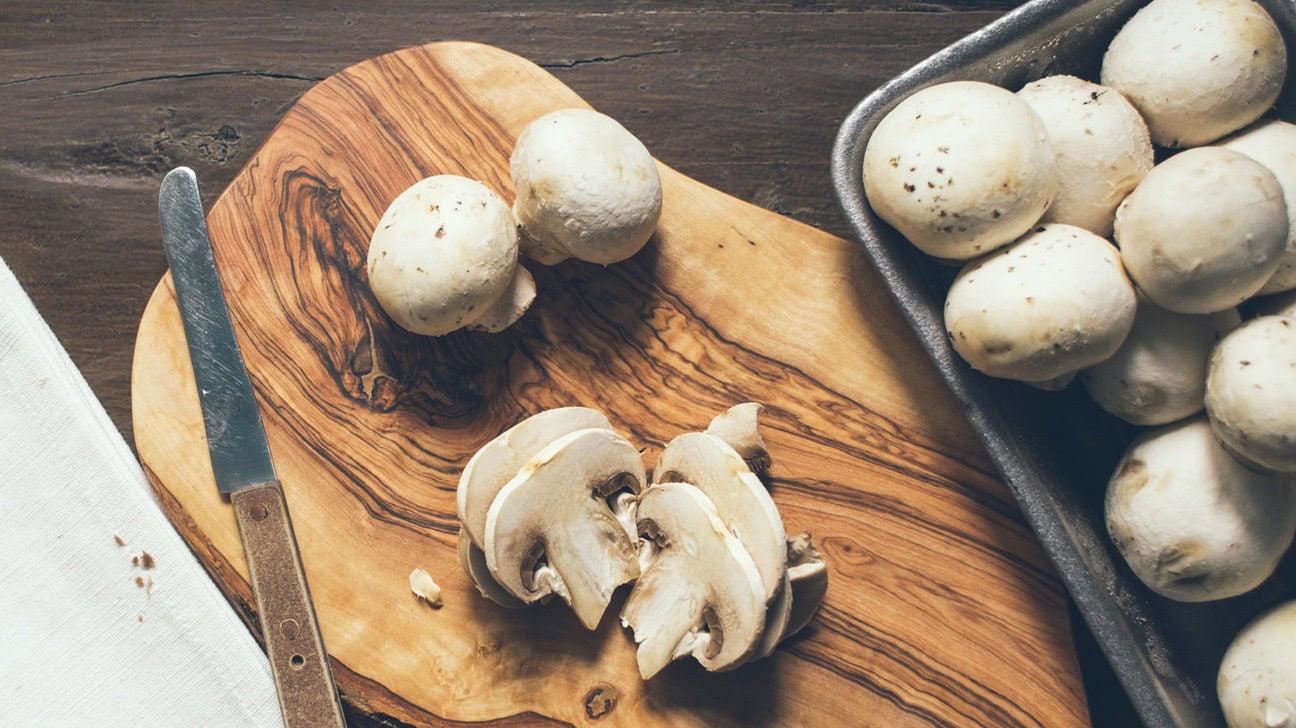
White mushrooms are one of the most commonly consumed fungi, known for their mild flavor and culinary versatility. They can be eaten raw or cooked.
- Season: Year-round
- Origin: Europe, North America
- Taste: Mild, earthy
- Health Benefits: Low in calories; provides B vitamins, selenium, and antioxidants that support immune function.
Fun Facts
White mushrooms can double in size in just 24 hours. They’re technically fungi, not vegetables, but are grouped with them for cooking.
6. Wax Bean
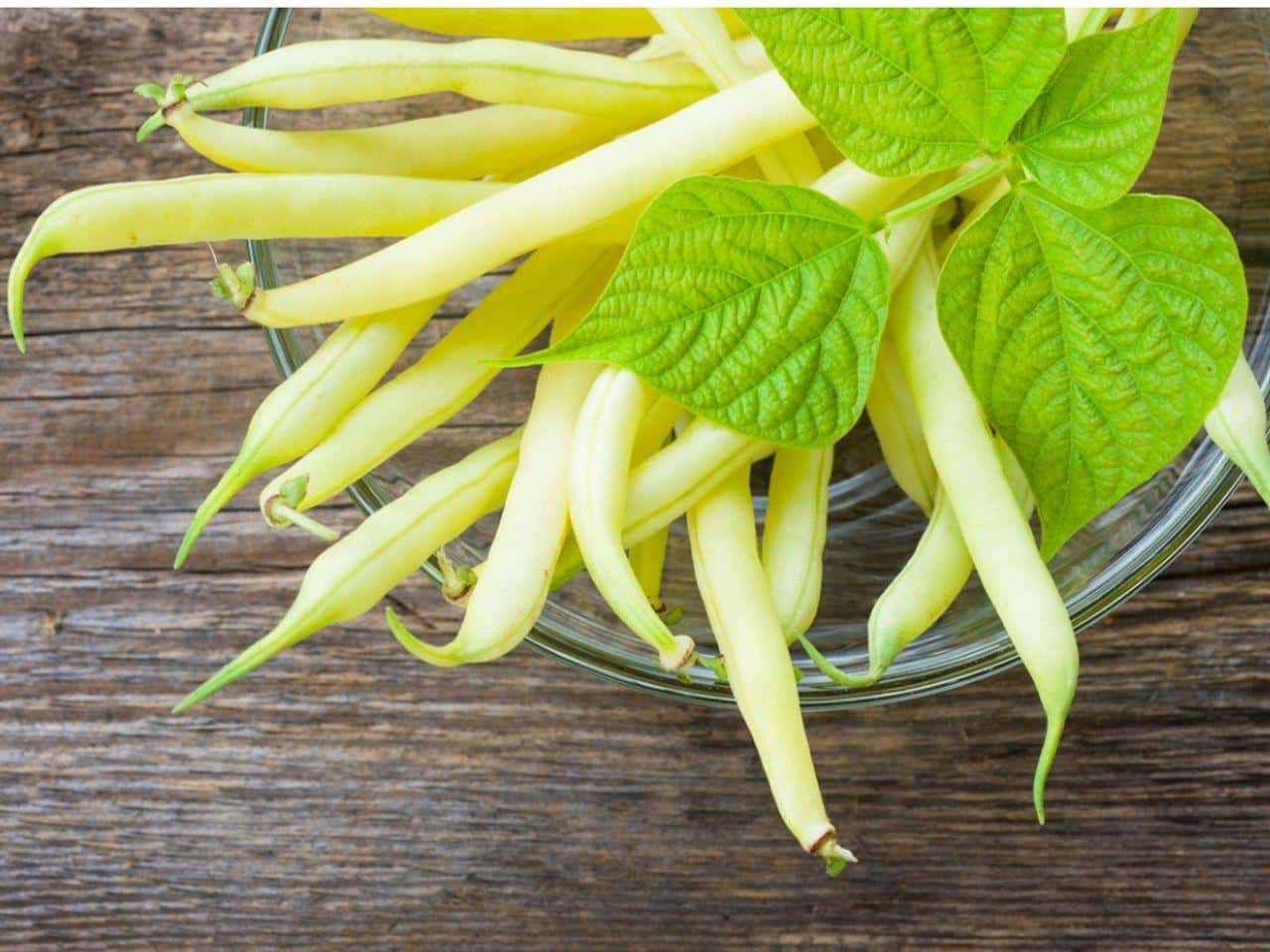
Wax beans are a pale yellow variety of green beans known for their tender texture and mild flavor. They’re often steamed, sautéed, or used in salads.
- Season: Summer
- Origin: Central America
- Taste: Mild, slightly sweet
- Health Benefits: Rich in fiber and vitamin C; promotes digestive health and supports the immune system.
Fun Facts
Wax beans get their name from their waxy, yellow appearance. They’re actually the same species as green beans, just a different color.
7. White Asparagus
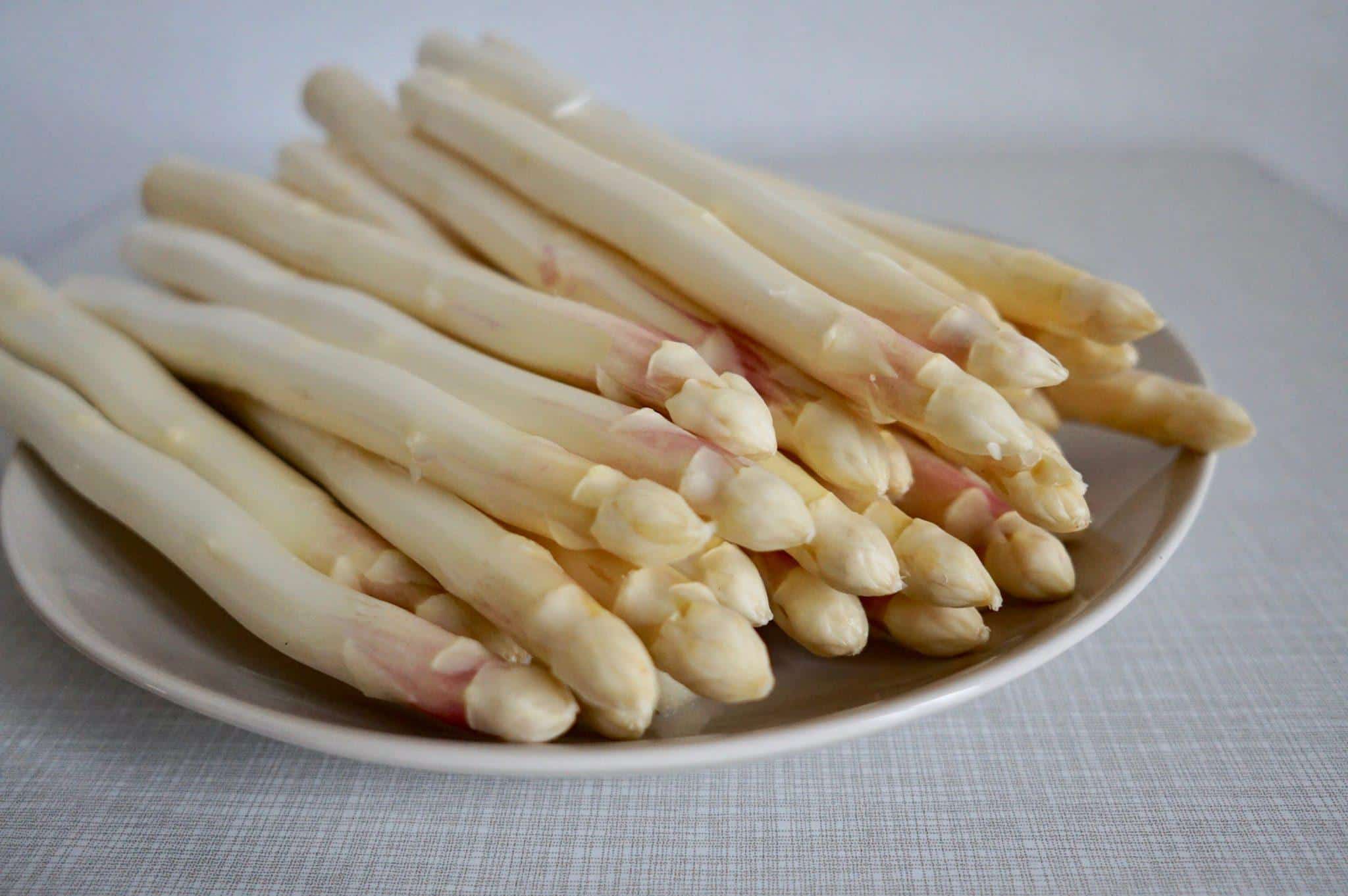
White asparagus is grown underground to prevent sunlight exposure, which keeps it from turning green. It has a milder and more delicate flavor than green asparagus.
- Season: Spring
- Origin: Europe
- Taste: Mild, slightly bitter
- Health Benefits: High in folate and antioxidants; supports a healthy pregnancy and reduces inflammation.
Fun Facts
White asparagus is considered a delicacy in many European countries. Harvesting it requires careful digging to avoid breaking the spears.
8. White Carrot
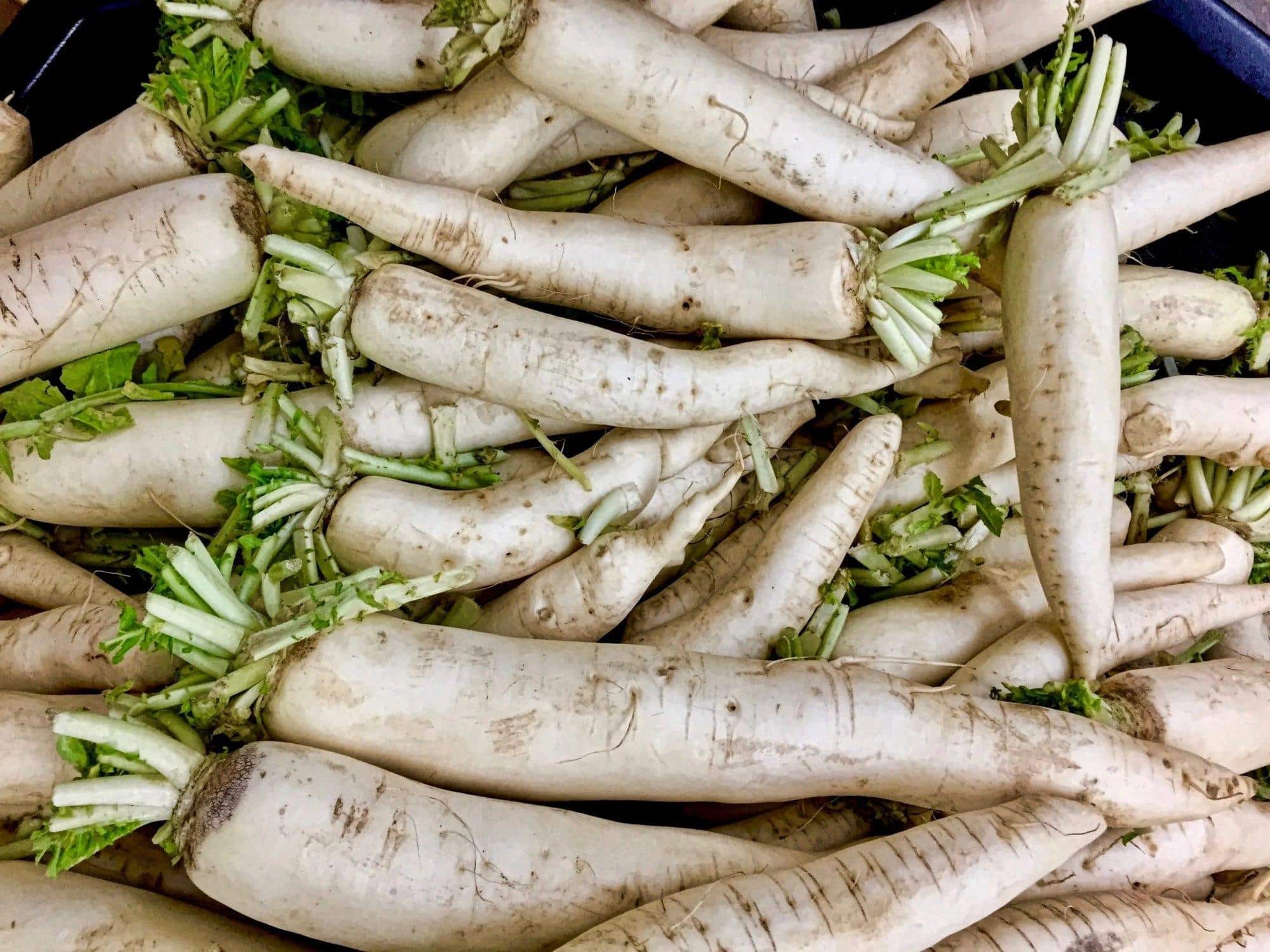
White carrots are an heirloom variety with a pale color and a subtle, less sweet flavor compared to orange carrots. They’re great in stews and soups.
- Season: Fall
- Origin: Afghanistan
- Taste: Mild, earthy
- Health Benefits: Good source of fiber and potassium; supports digestion and heart health.
Fun Facts
White carrots were among the earliest carrot varieties cultivated. Their color comes from a lack of pigmentation, not genetic modification.
9. White Corn
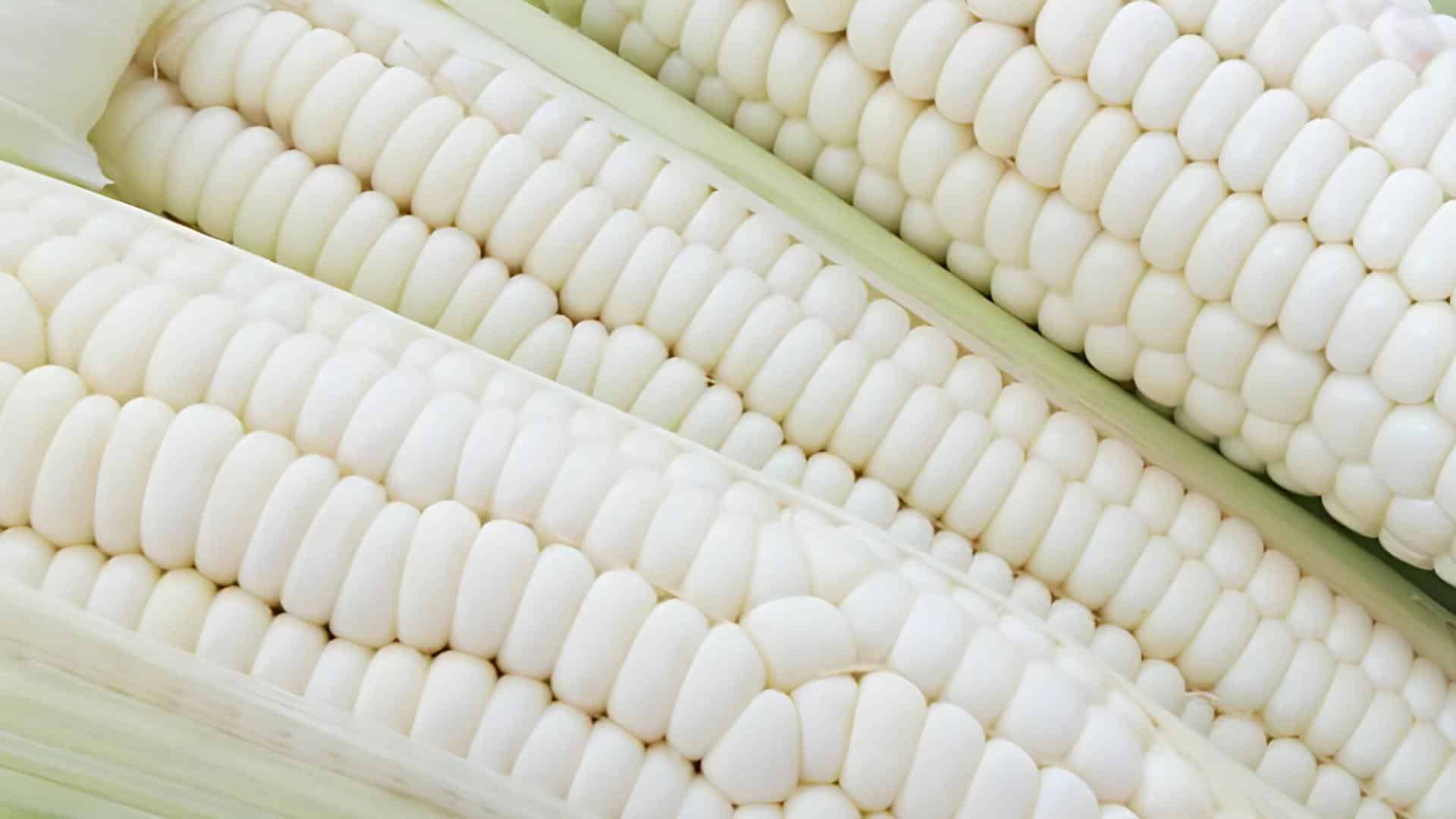
White corn is a sweeter, pale variety of corn that’s tender and juicy. It’s commonly eaten on the cob or used in dishes like chowder and tamales.
- Season: Summer
- Origin: Mexico
- Taste: Sweet, crisp
- Health Benefits: Provides fiber and B vitamins; promotes digestion and supports energy production.
Fun Facts
White corn kernels stay white when cooked, unlike yellow varieties. It was a staple food for ancient Mesoamerican civilizations.
10. White Eggplant
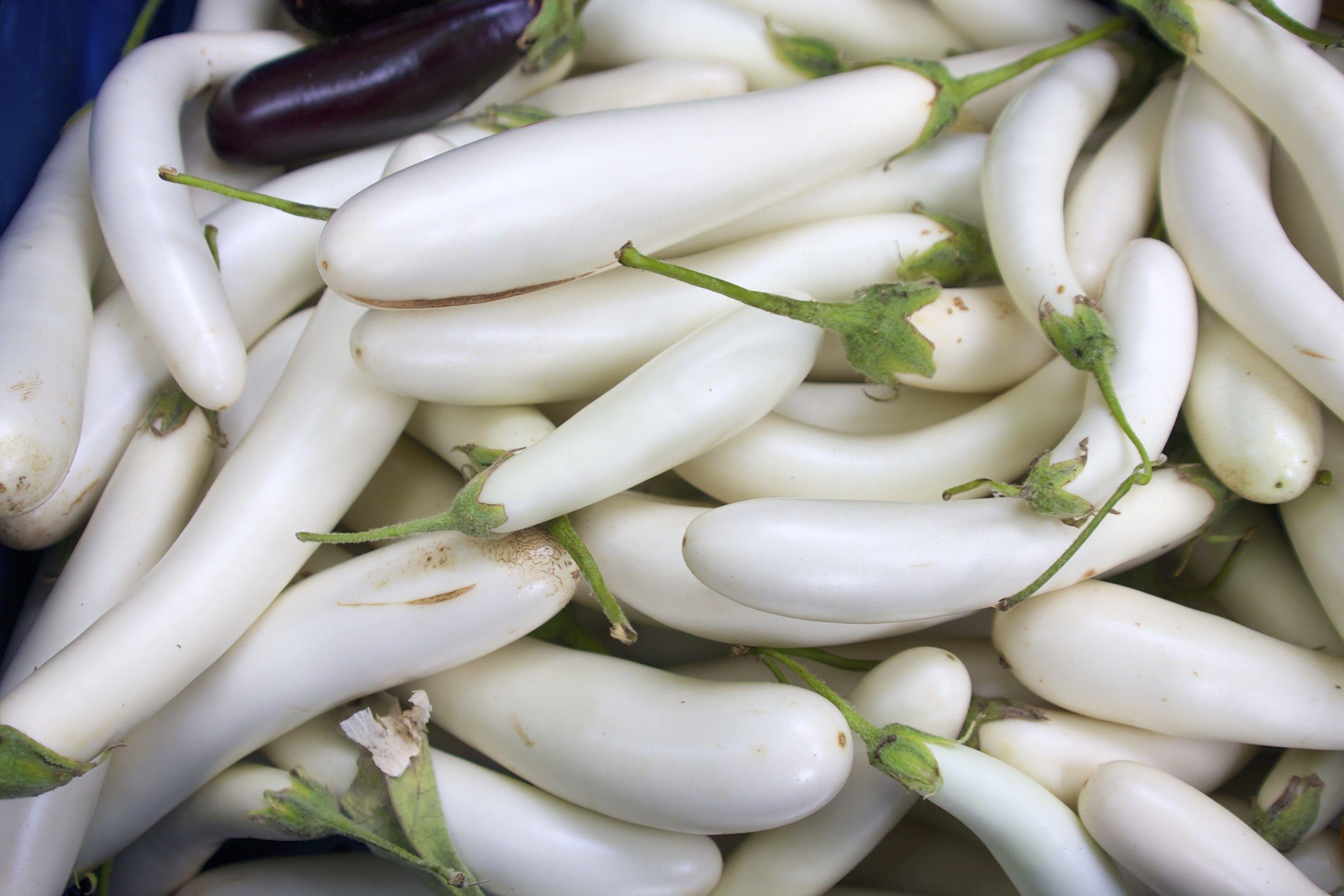
White eggplants are smooth, oval-shaped vegetables with creamy-white skin and mild flavor. They’re great for grilling, roasting, or sautéing.
- Season: Summer
- Origin: India
- Taste: Mild, slightly sweet
- Health Benefits: Contains fiber, potassium, and antioxidants; supports heart health and lowers cholesterol.
Fun Facts
White eggplants were once the only known type of eggplant in Europe. Their name comes from their egg-like shape and color.
11. White Radish
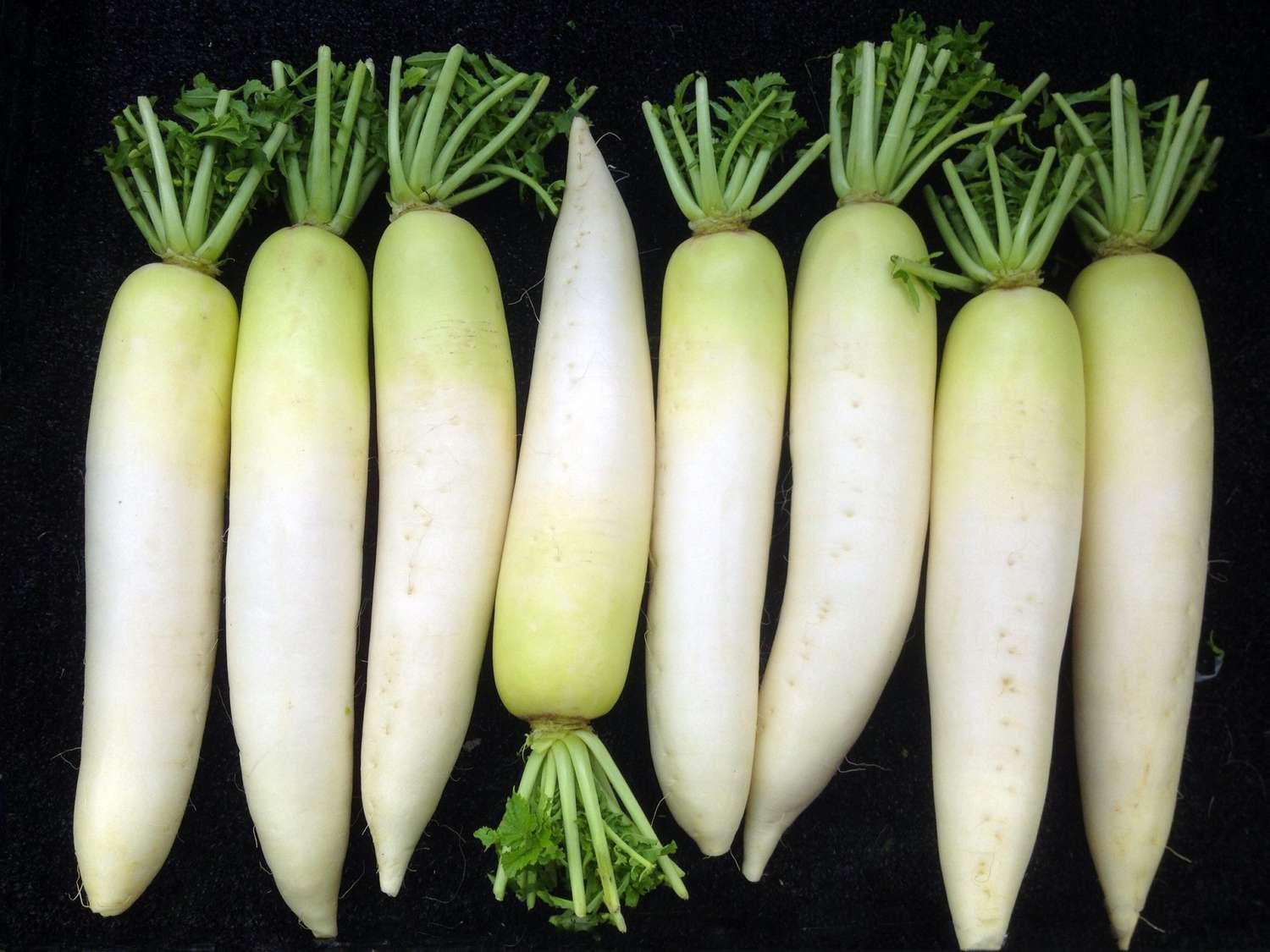
White radish, also known as daikon, is a long, white root vegetable with a crisp texture and peppery flavor. It’s used raw, pickled, or cooked in many Asian cuisines.
- Season: Winter
- Origin: East Asia
- Taste: Mild, peppery
- Health Benefits: Aids digestion and detoxification; rich in vitamin C and enzymes that support gut health.
Fun Facts
In Japan, white radish is the most consumed vegetable. Some varieties can grow over 2 feet long and weigh several pounds
Some More Vegetables Beginning with W
12. Wild Leek
13. Winter Melon (also called White Gourd)
14. Winter Squash
15. Witloof
16. Wombok
17. White Beet
18. White Cabbage
19. White Cauliflower
20. White Chard
21. White Garlic
22. White Leek
23. White Turnip
24. Wild Cabbage
25. Winter Purslane
26. Water Spinach
27. White Yam
28. Wakame (A Sea Vegetable)
29. White Sweet Potato
30. Walking Onion
31. Walla Walla Sweet Onion
32. Water Chestnut
33. Water Dropwort (Not All Species Are Consumable)
34. Water Pepper
35. Water Yam
36. Wax Gourd
37. Welsh Onion
38. West Indian Gherkin
39. Wheat Sprouts
40. White 7 Pot Pepper
41. White Bean
42. Wild Garlic
43. Wild Rocket
44. Winged Bean
45. Winged Pea
46. Winter Melon
47. Wood Sorrel
Final Notes
Vegetables that start with the letter W may not be the most common in our kitchens, but they bring unique flavors and health benefits to meals.
From the crispy water chestnuts to the leafy watercress, these vegetables add variety to everyday cooking.
Whether trying the earthy wild mushrooms, the bitter winter melon, or the mild white radishes, each offers something special. These vegetables contain vitamins, minerals, and fiber that help keep the body strong and healthy.
Next time you go to the grocery store or farmers market, look for these W vegetables and try them. They can be added to soups, salads, and stir-fries or enjoyed on their own.
Exploring new vegetables makes eating more fun and provides more nutrition. The world of W vegetables has many tasty learnings waiting!
If you’re interested in more informative education & learning content, feel free to click here and explore other blogs that you might enjoy!






